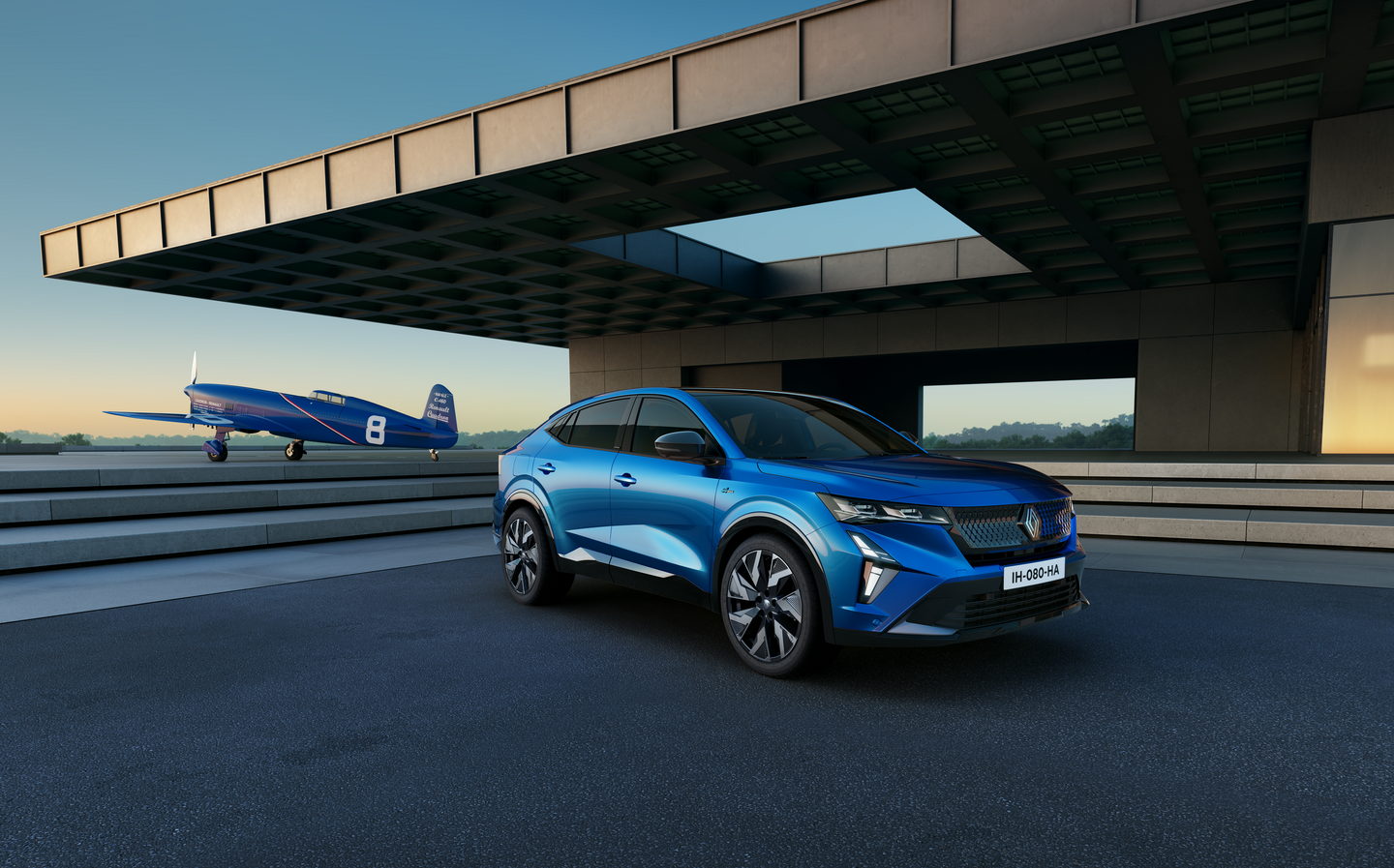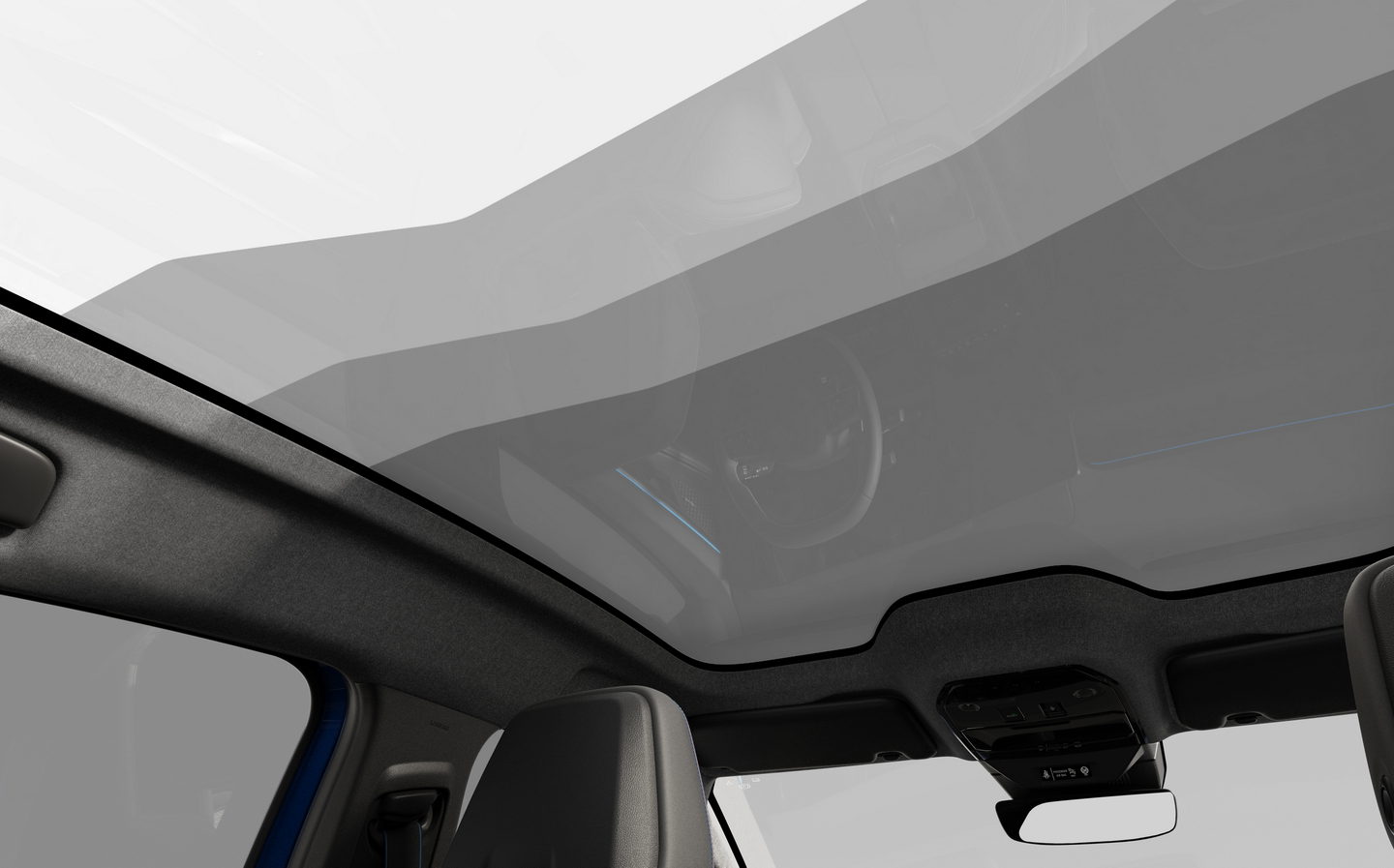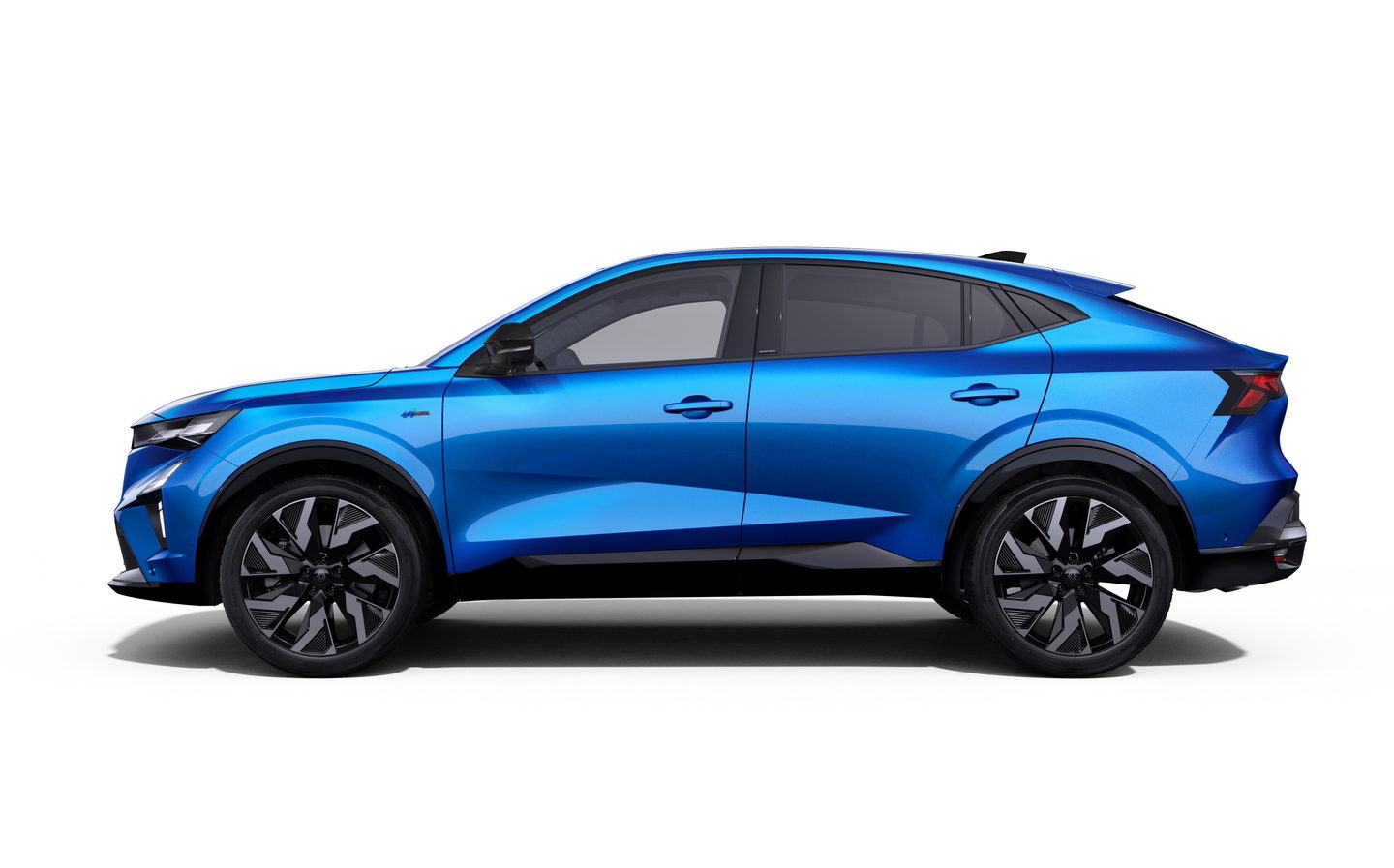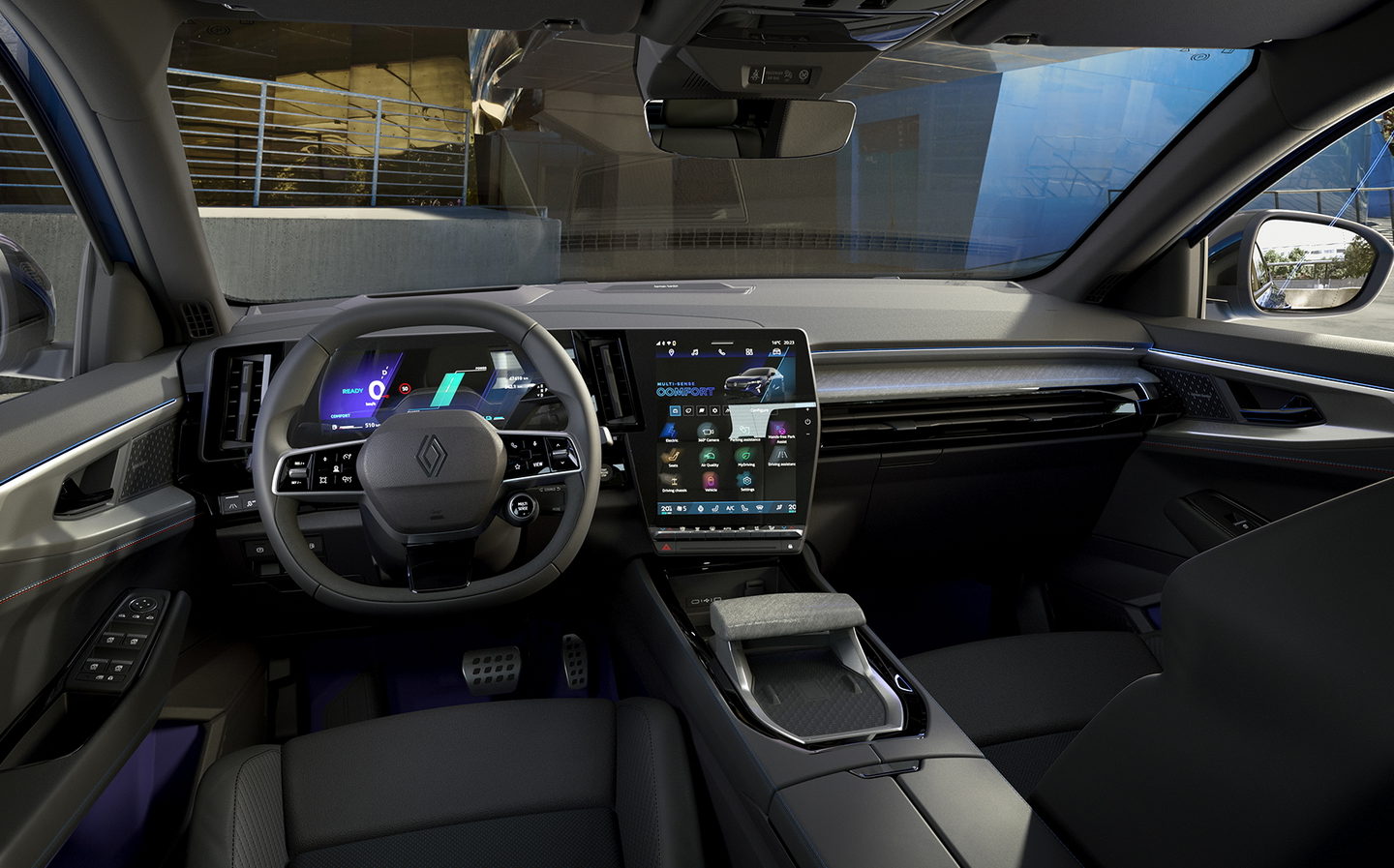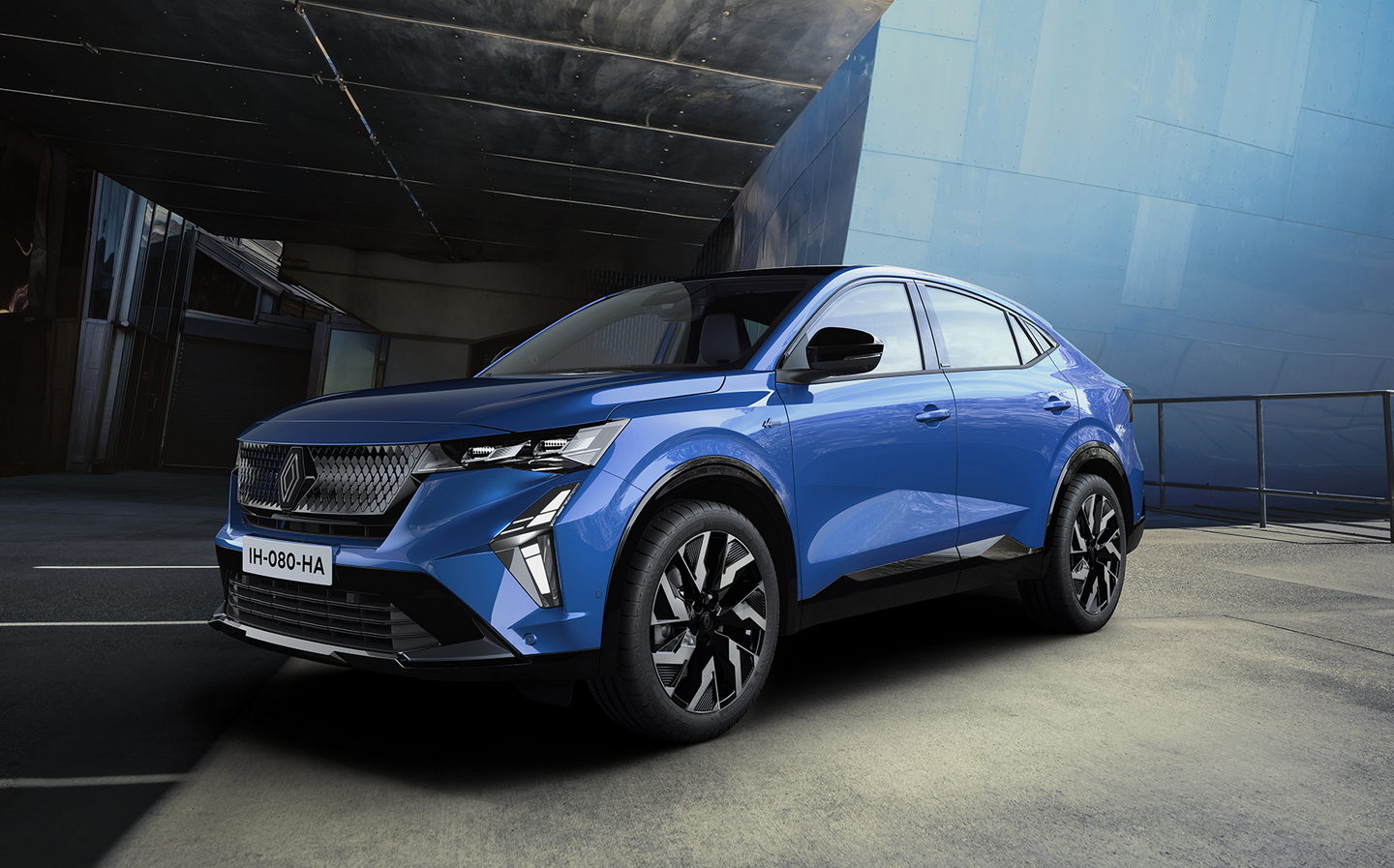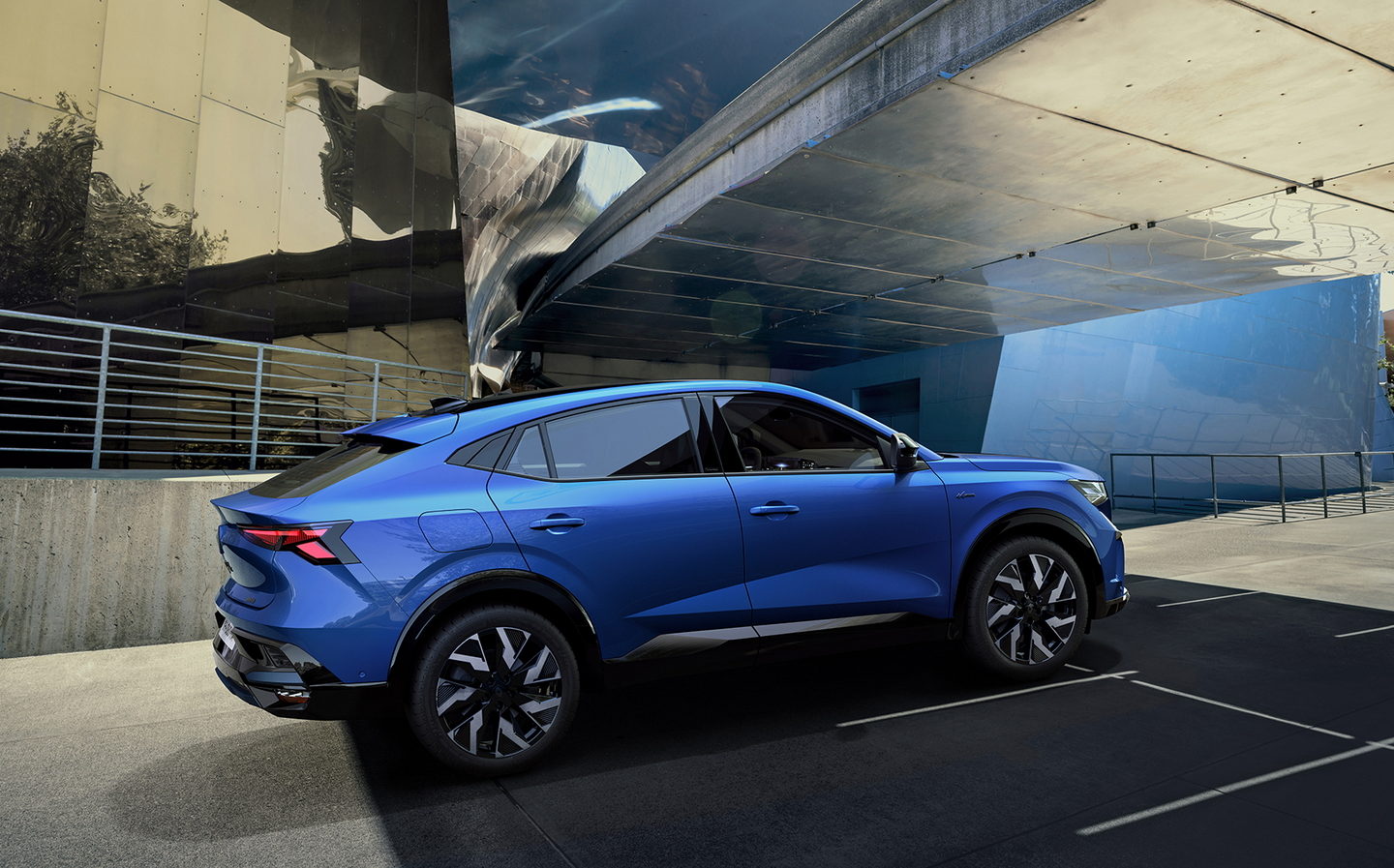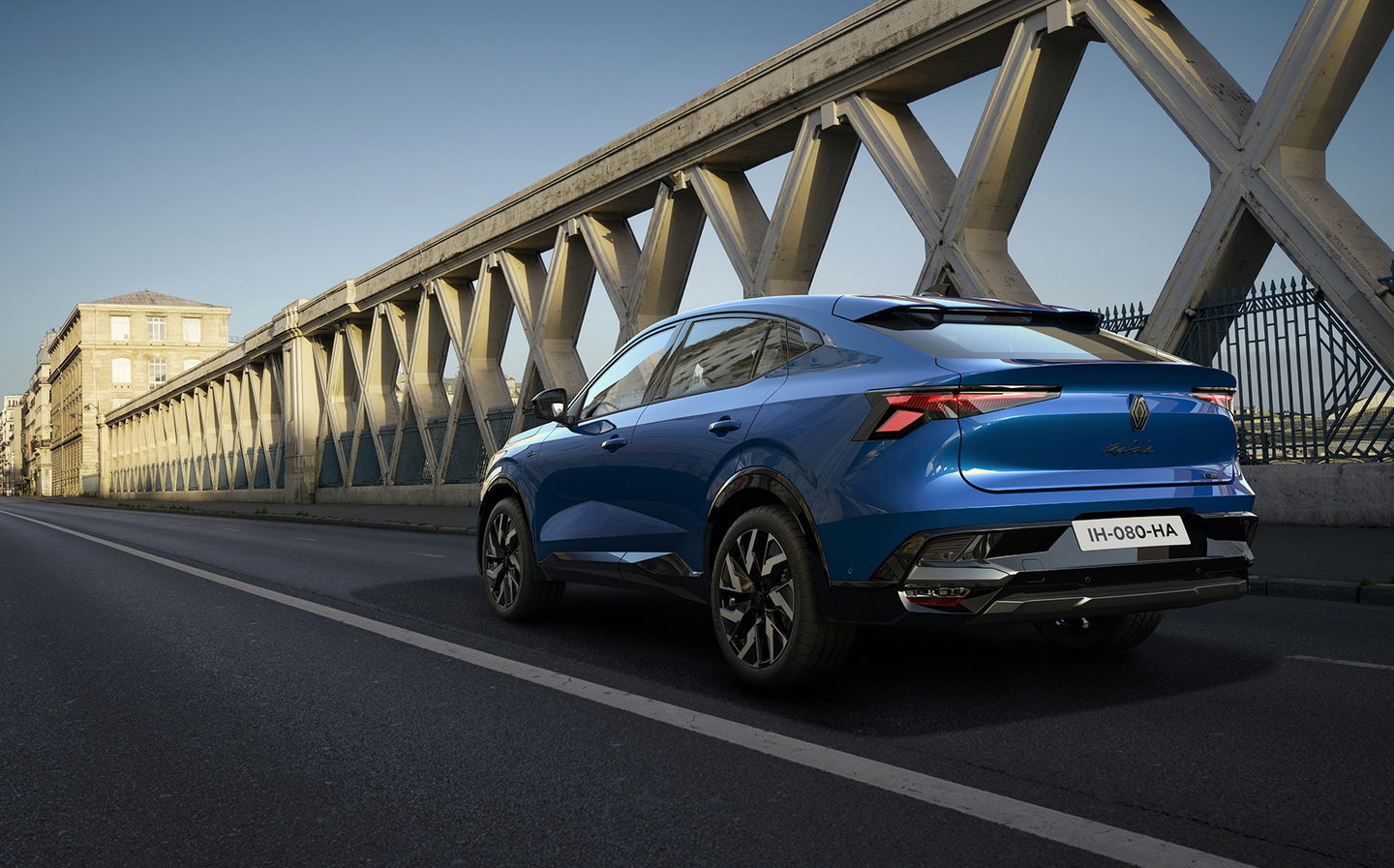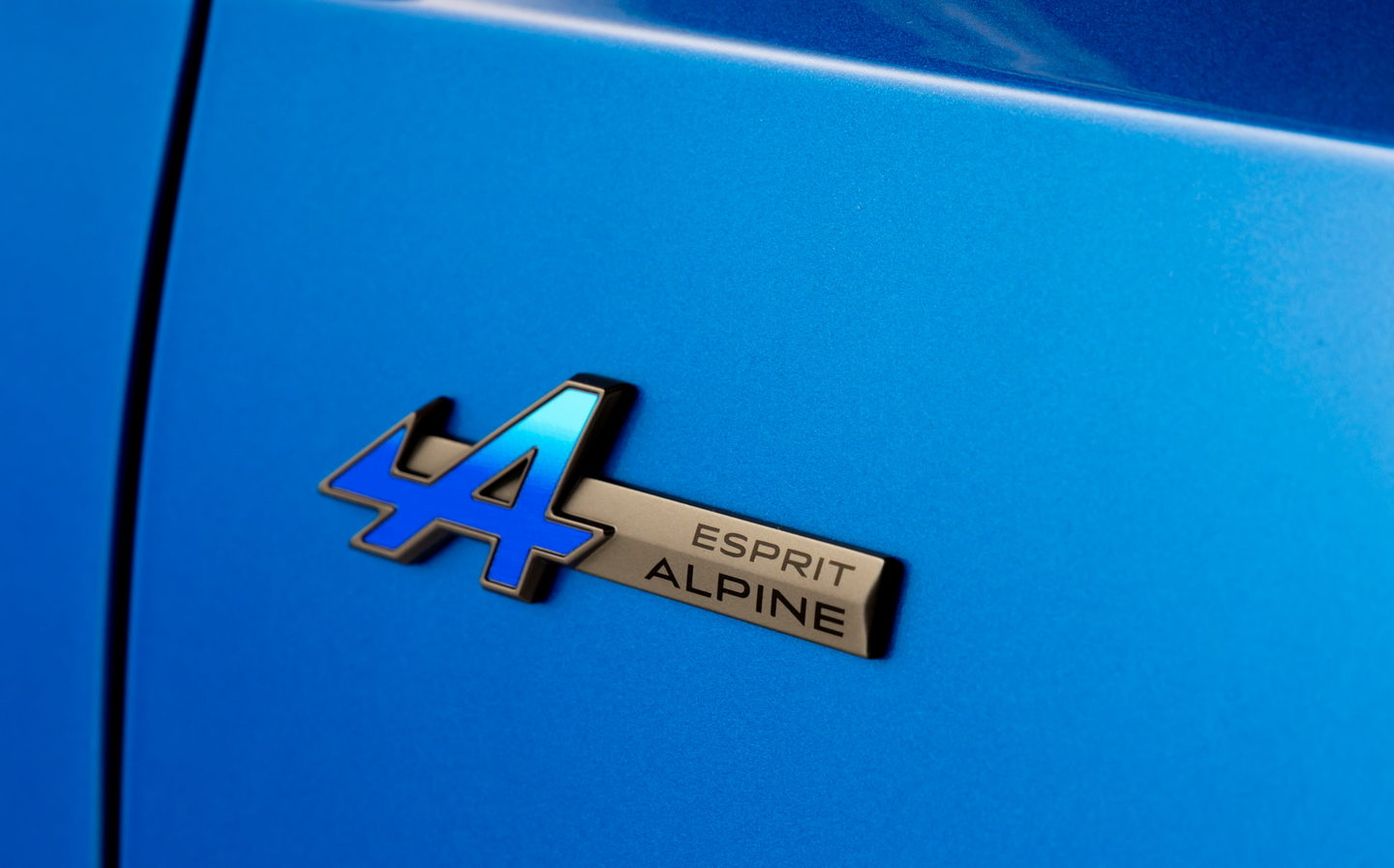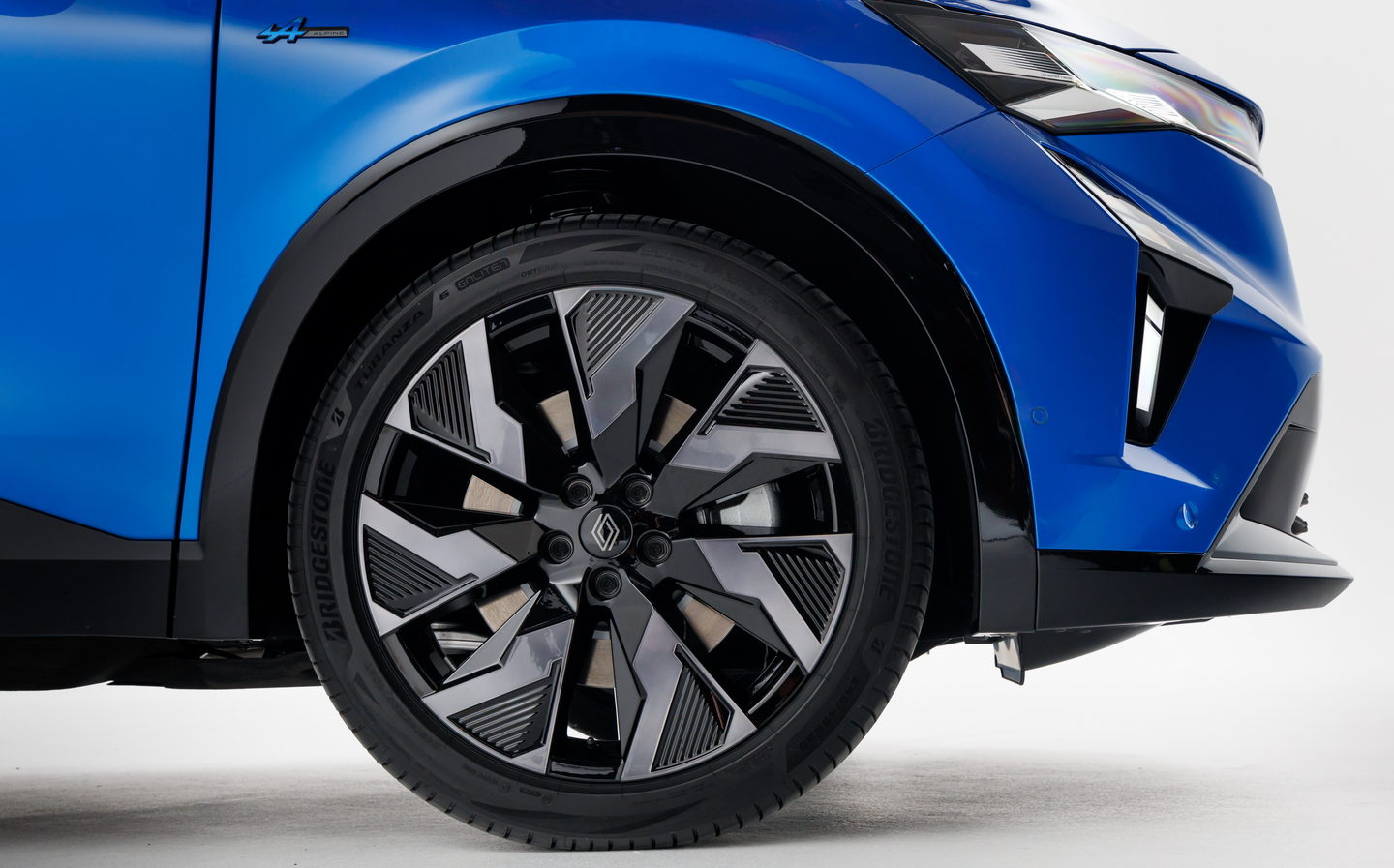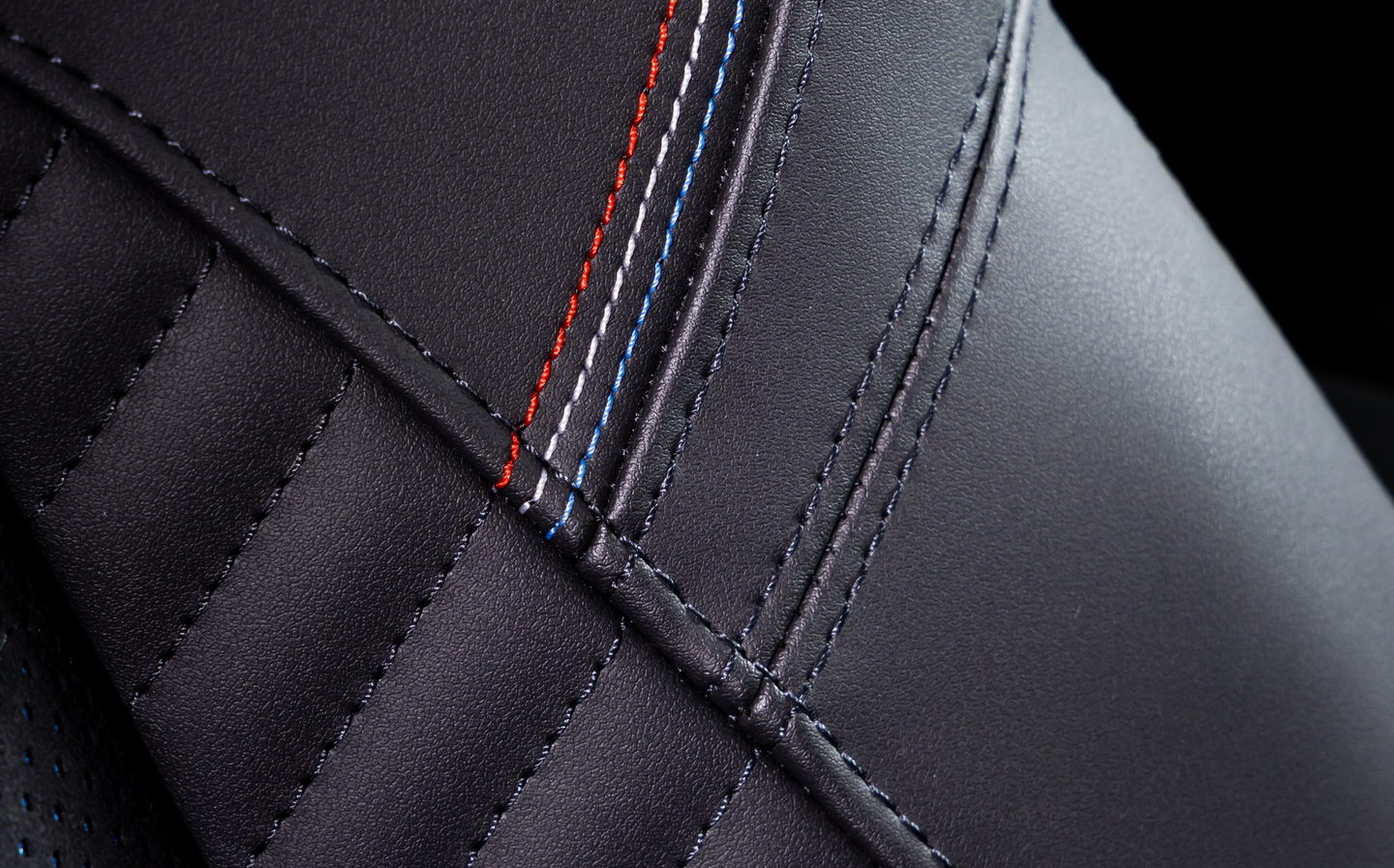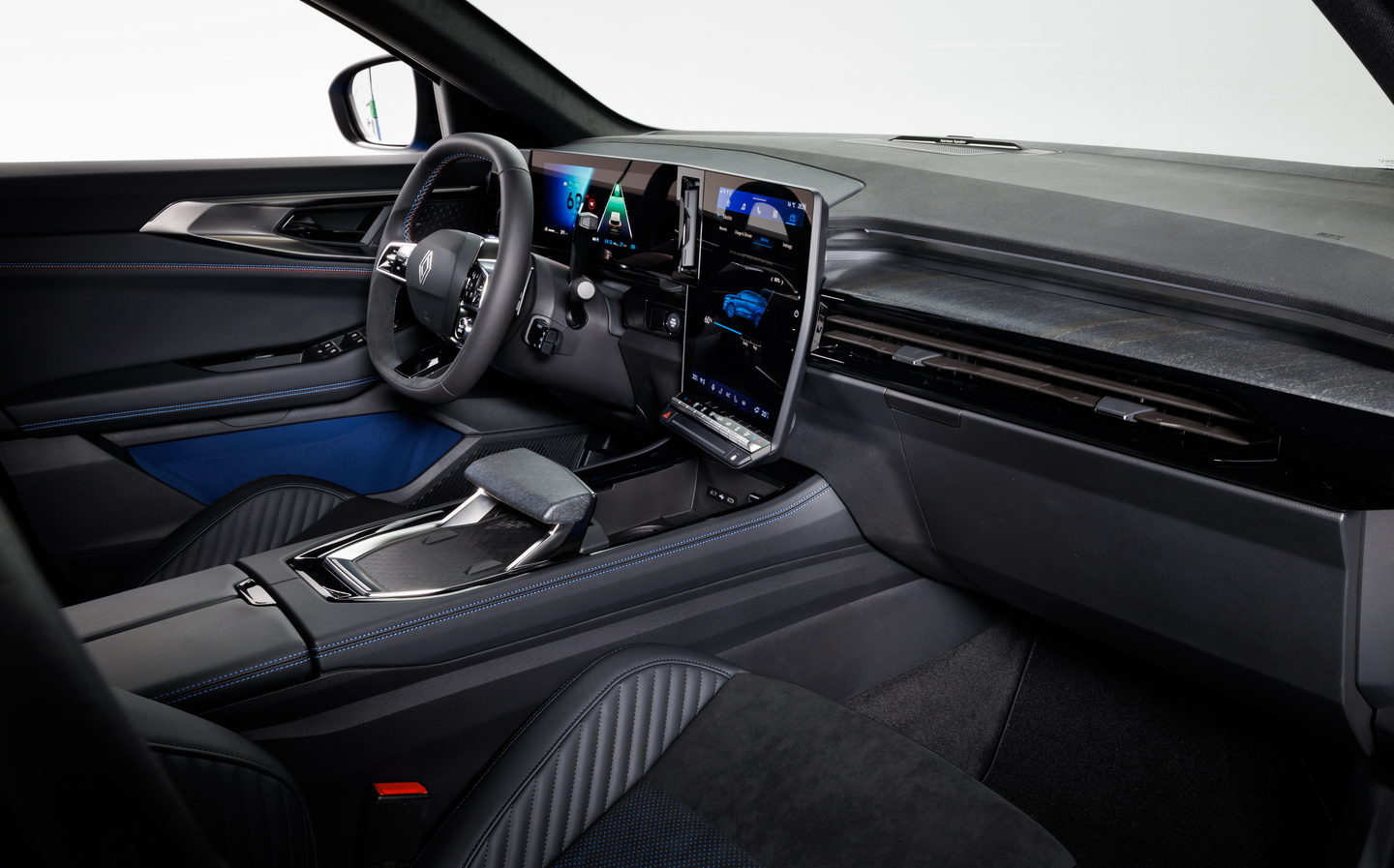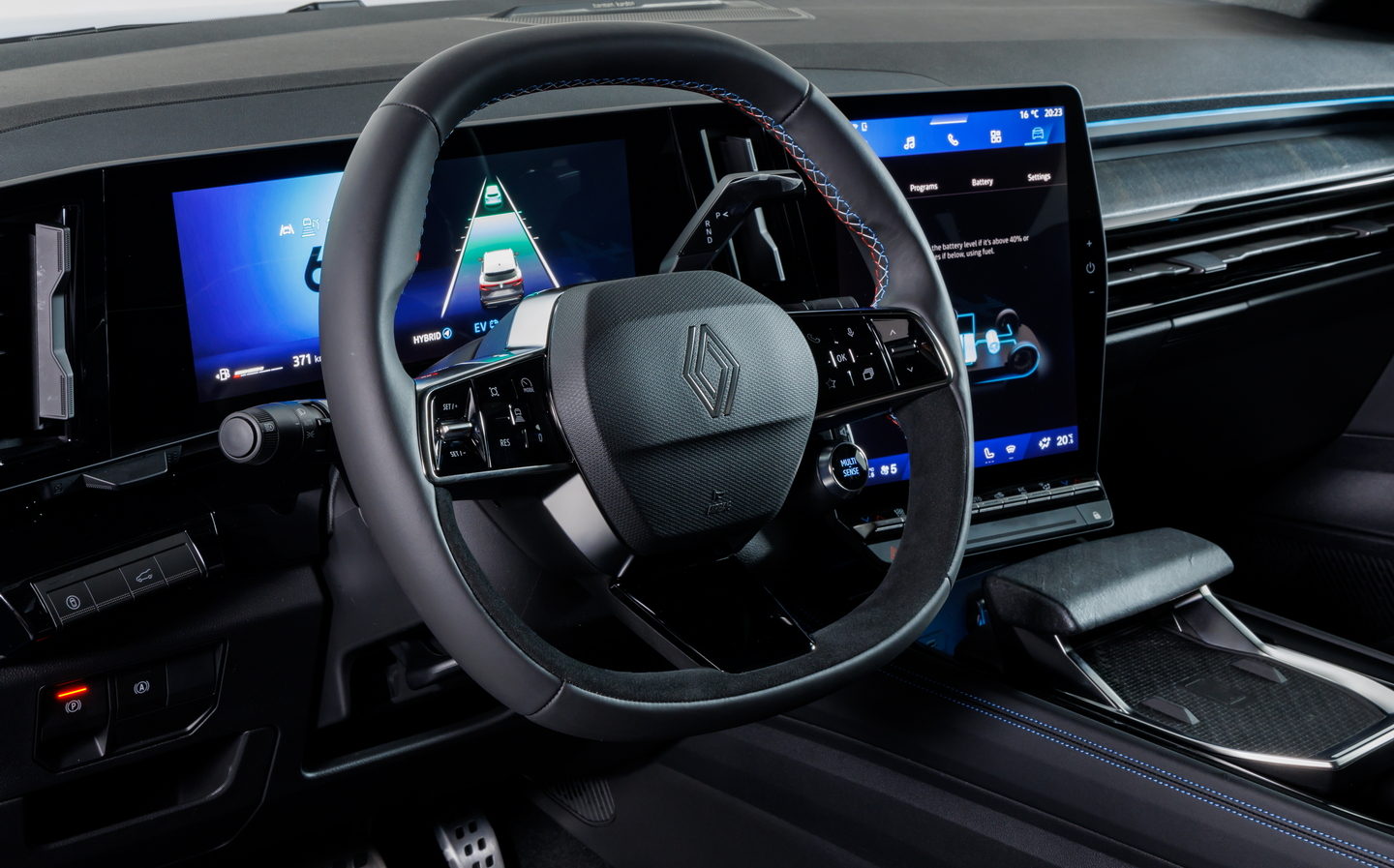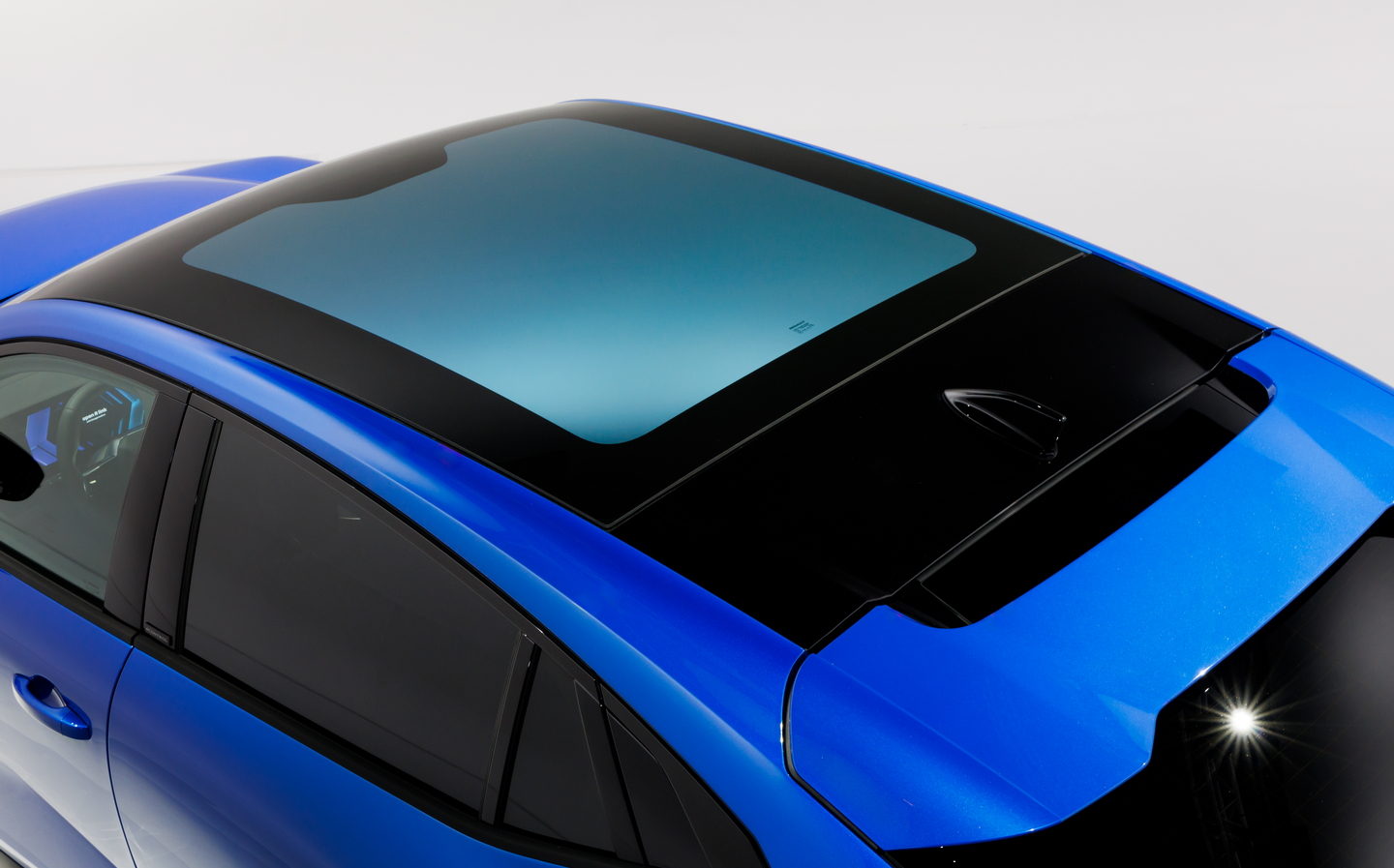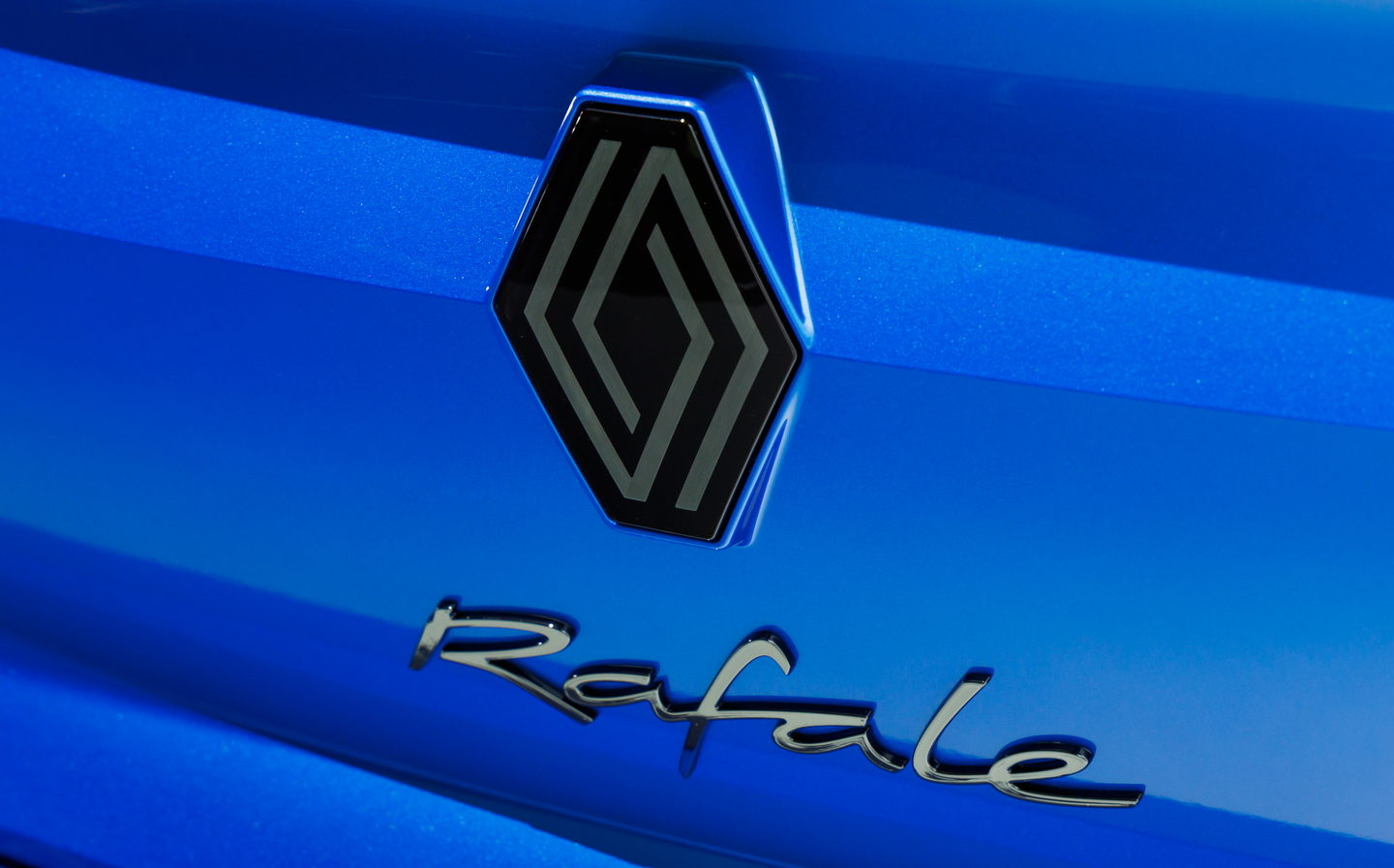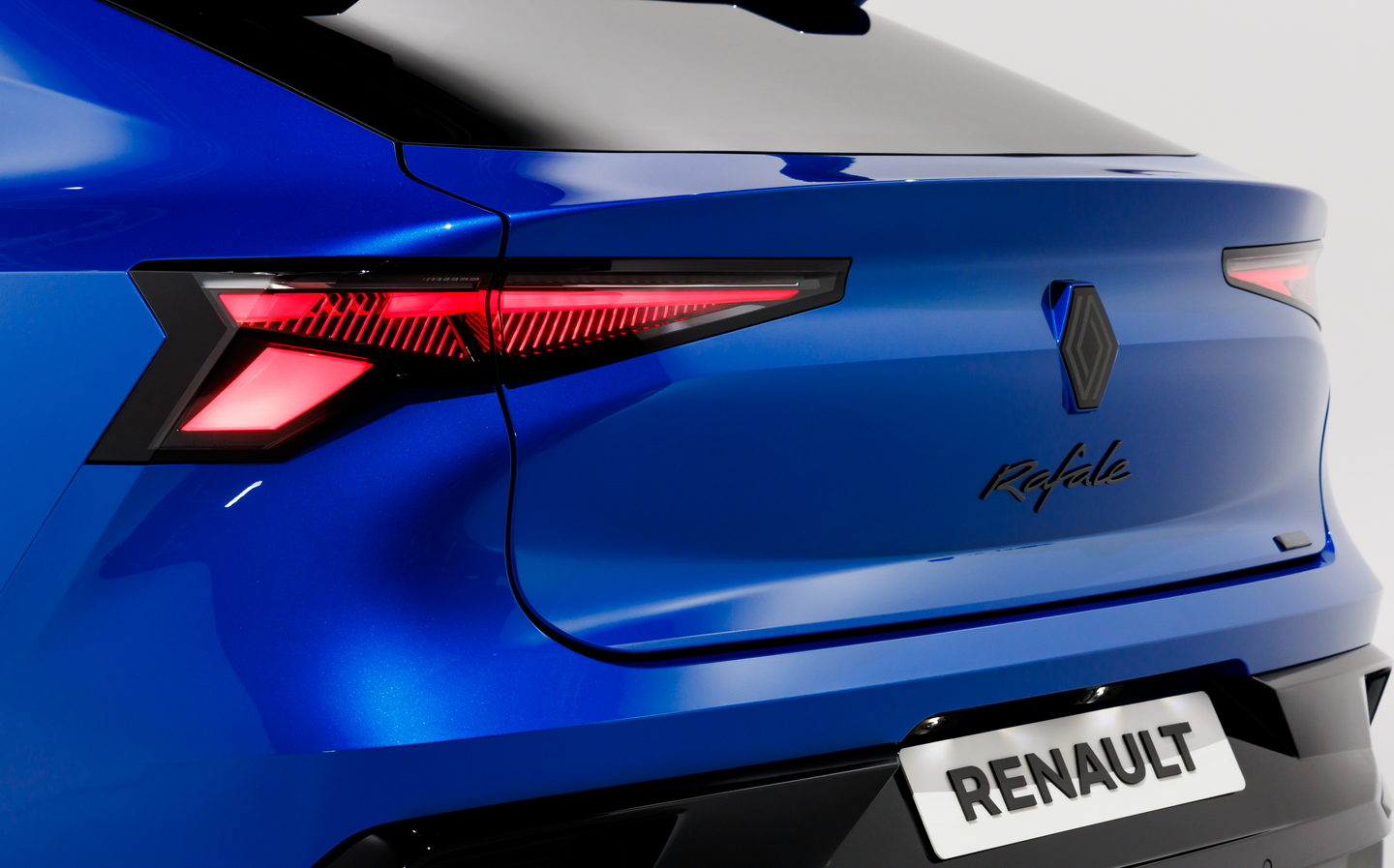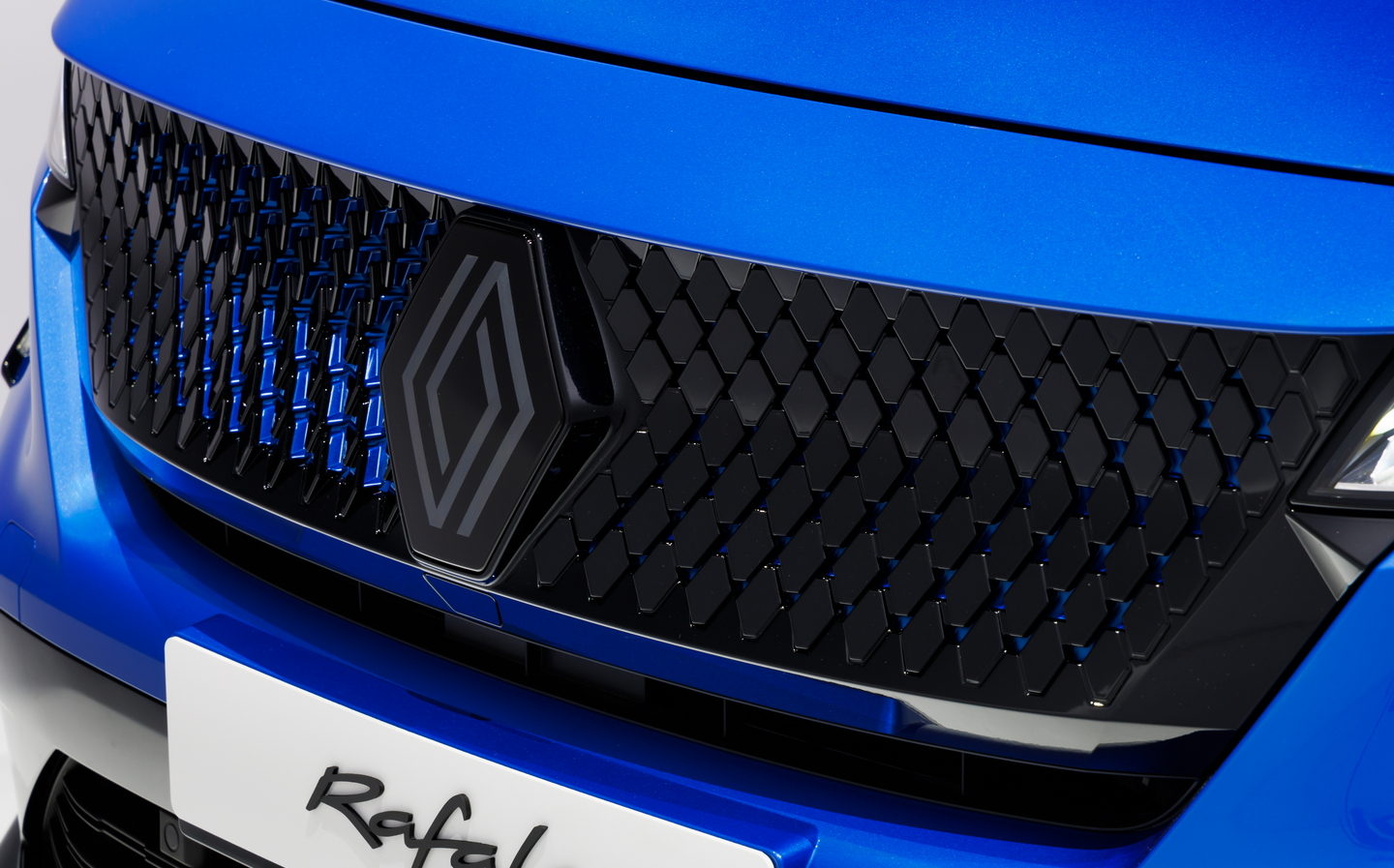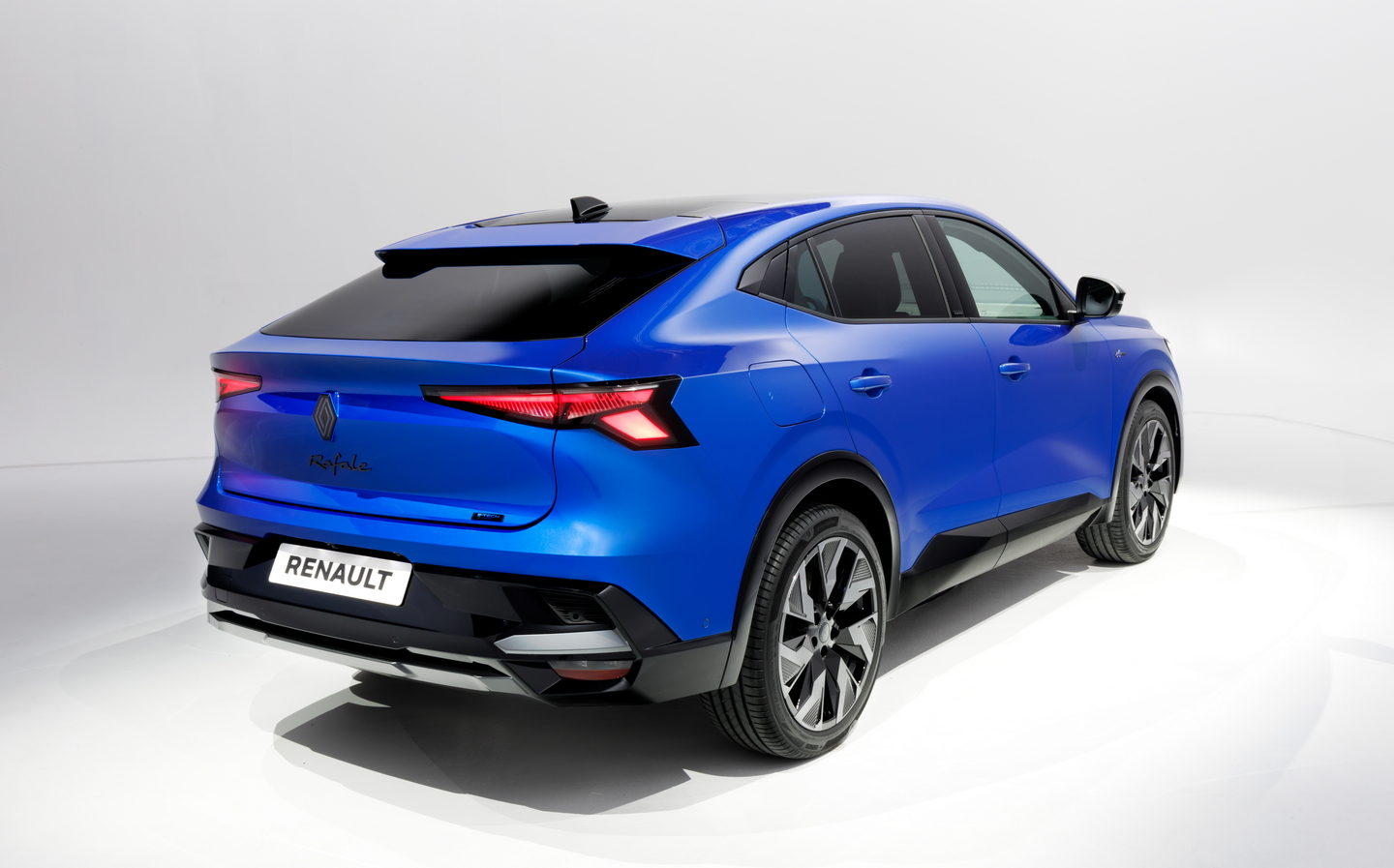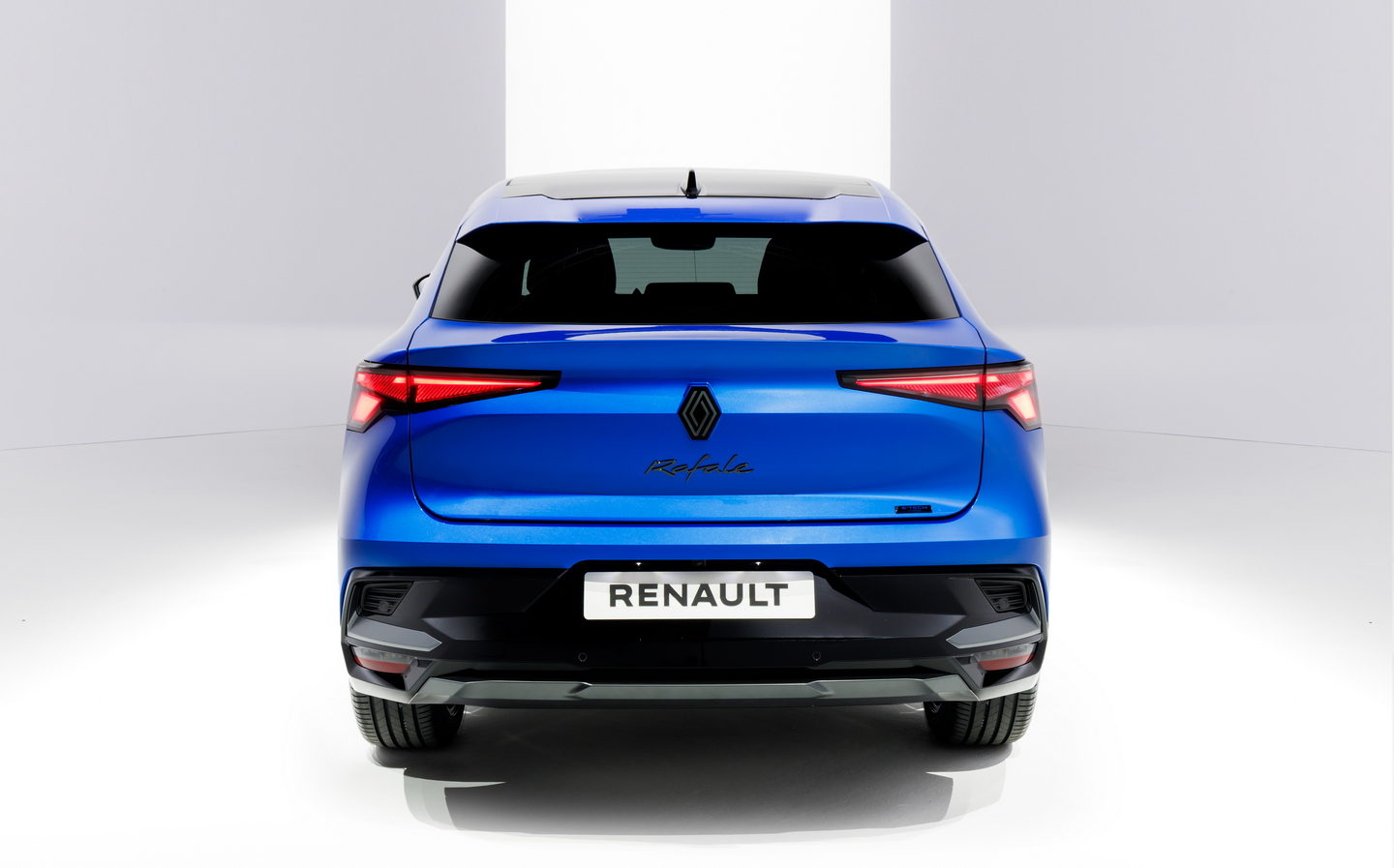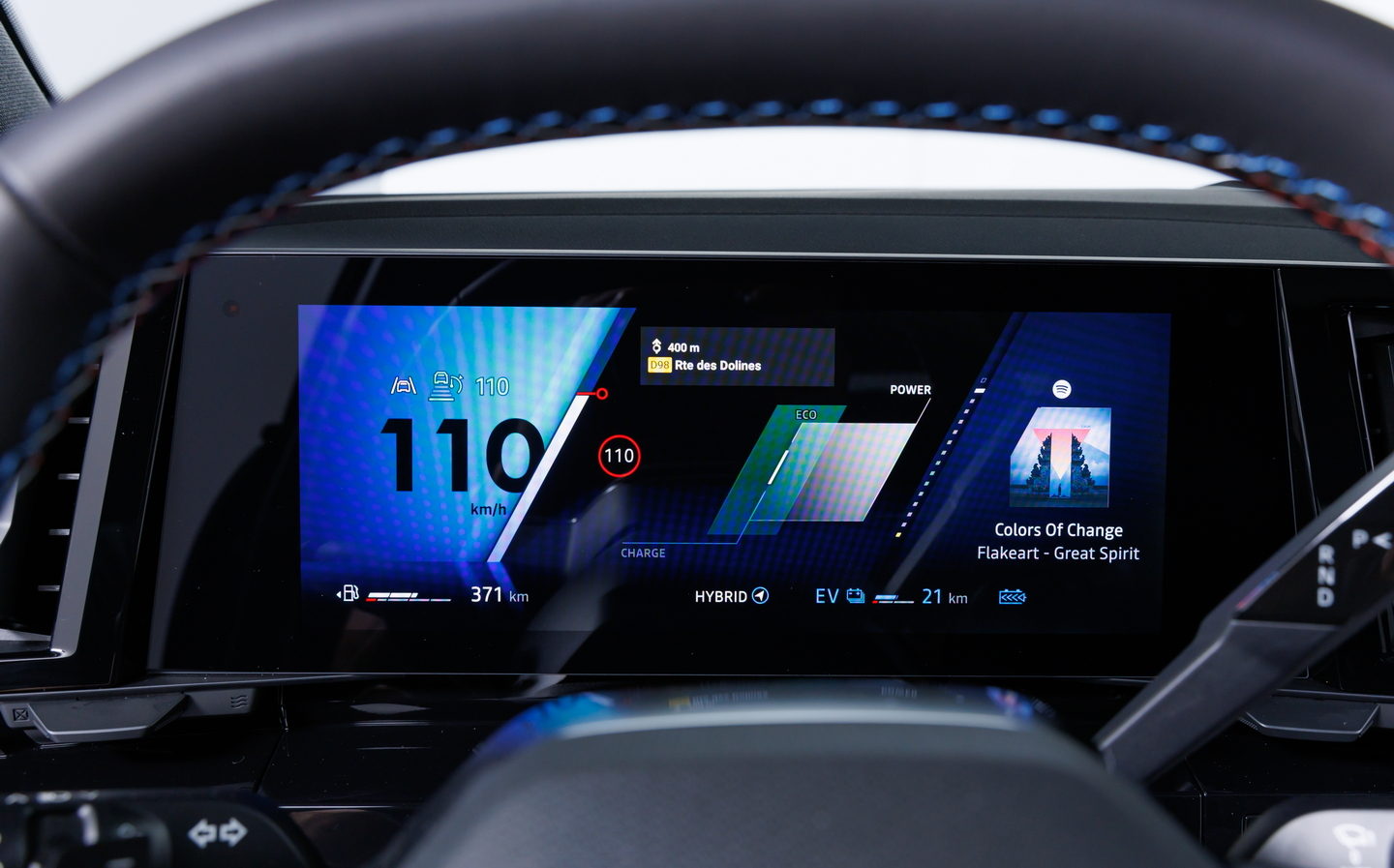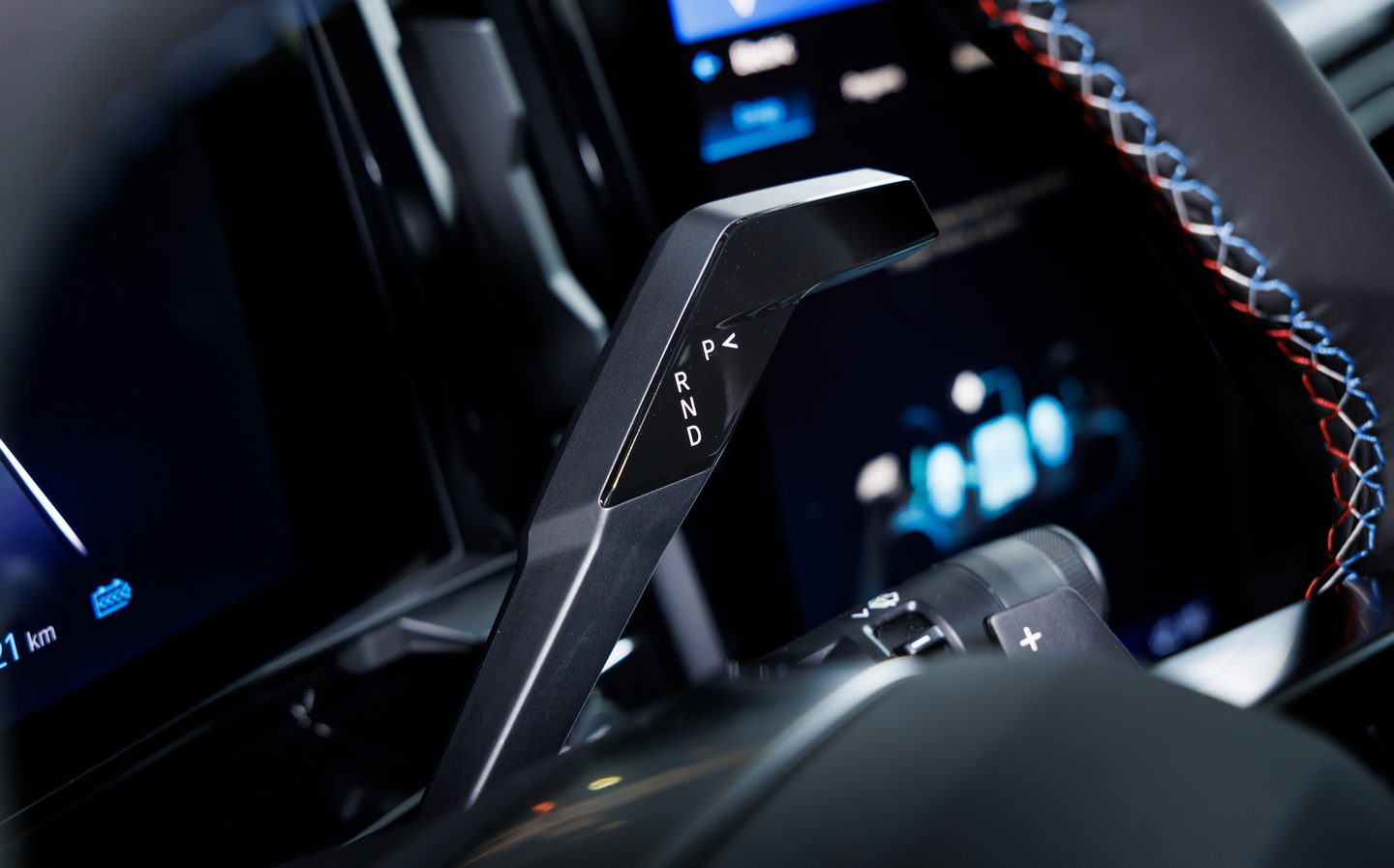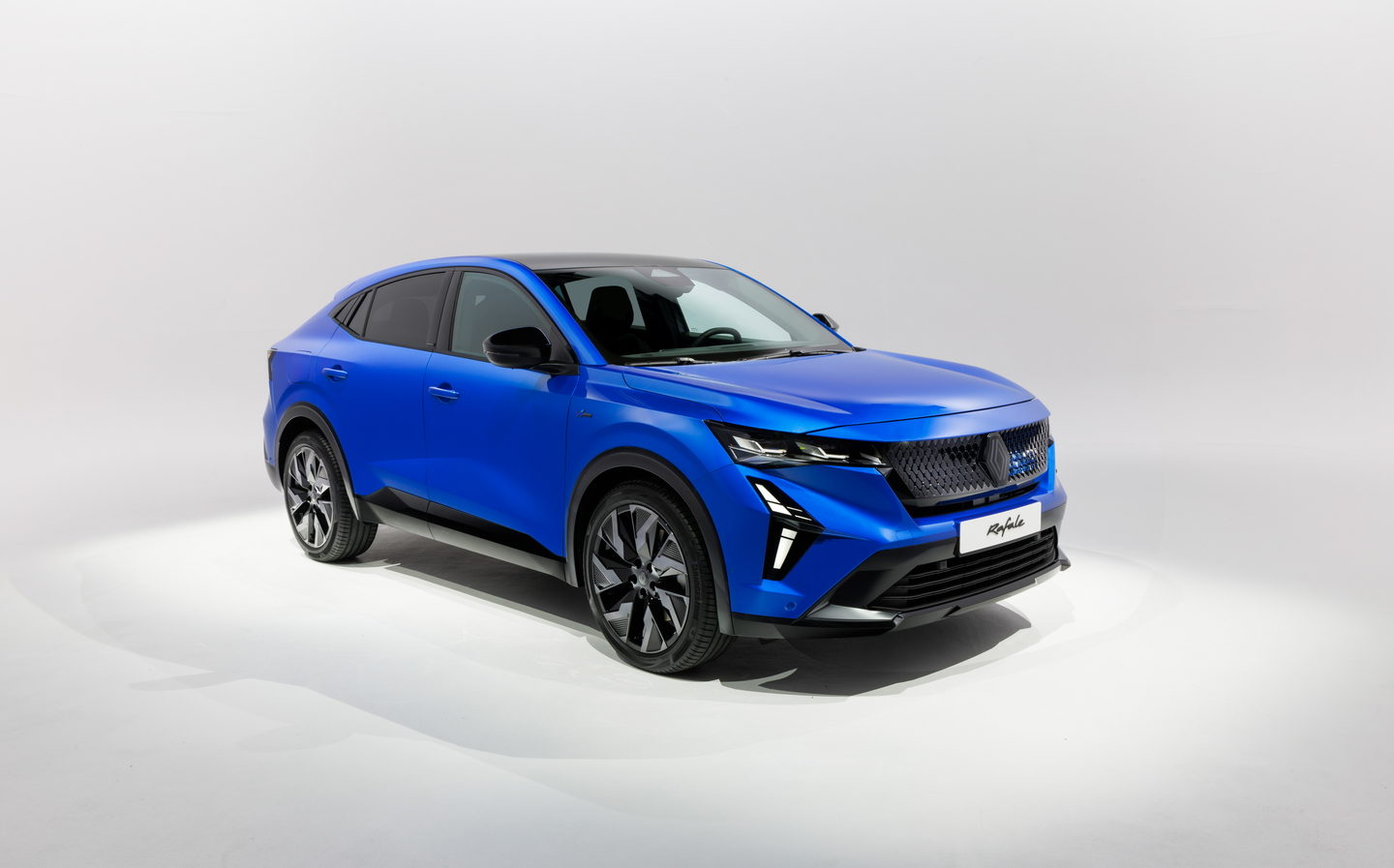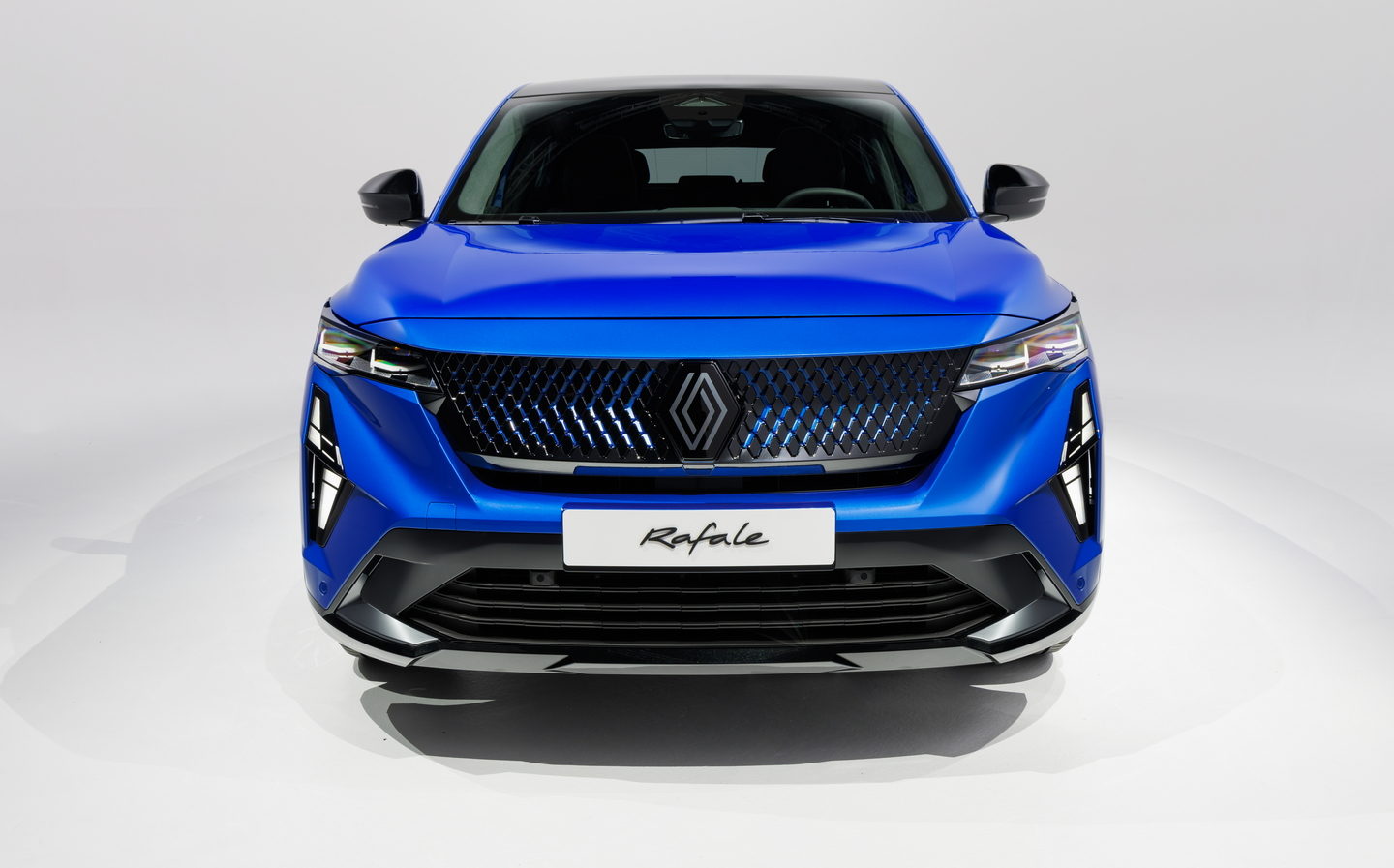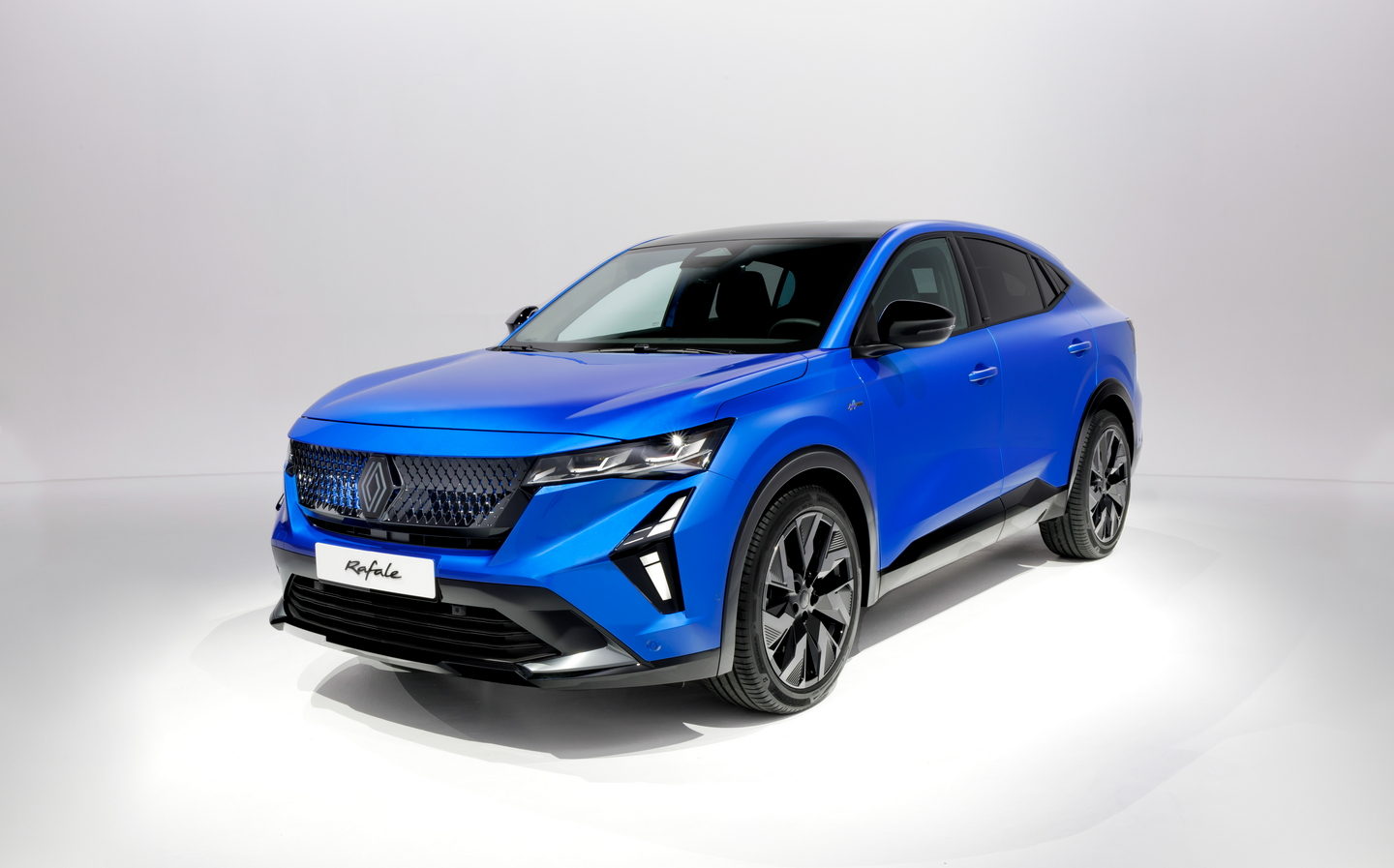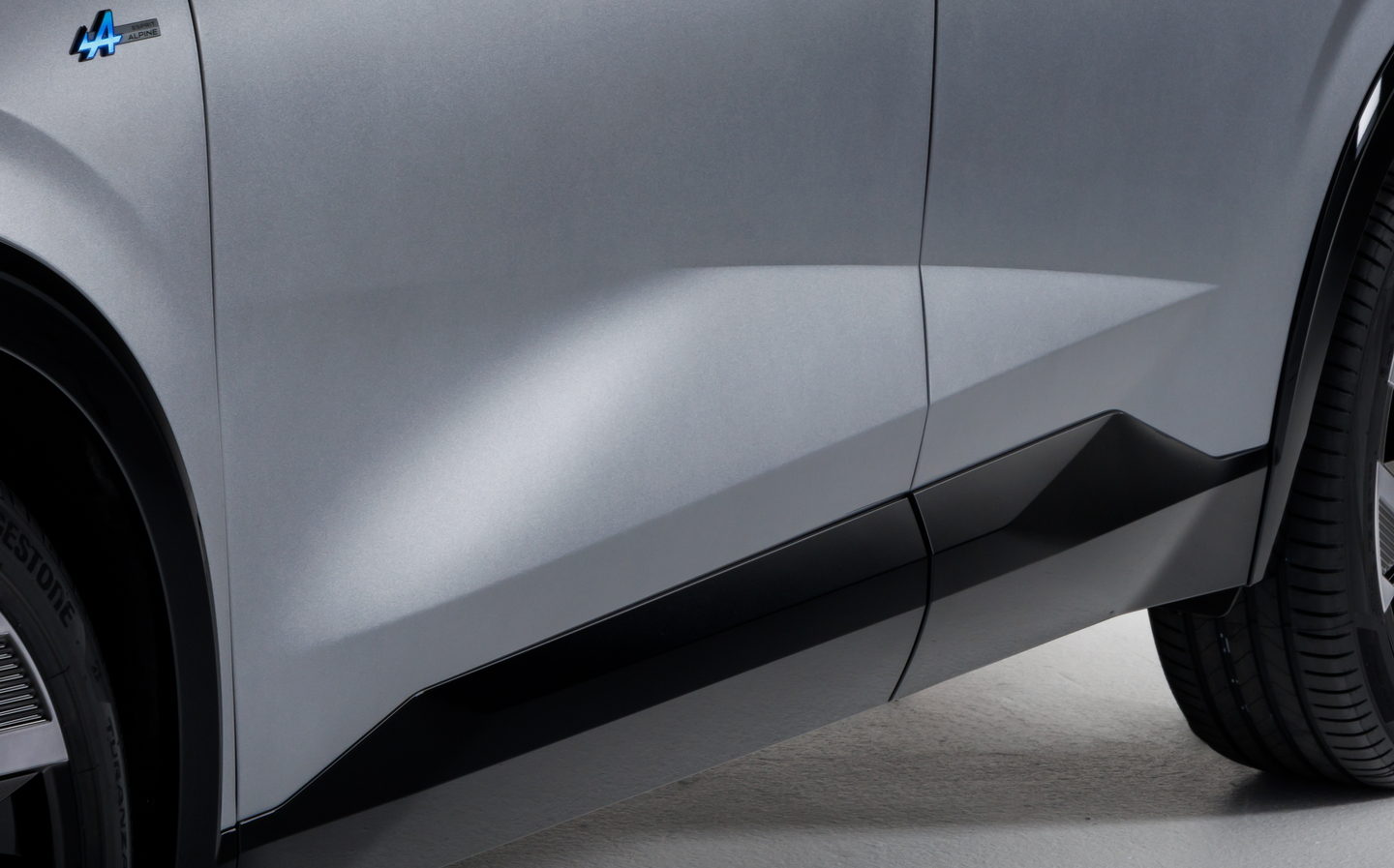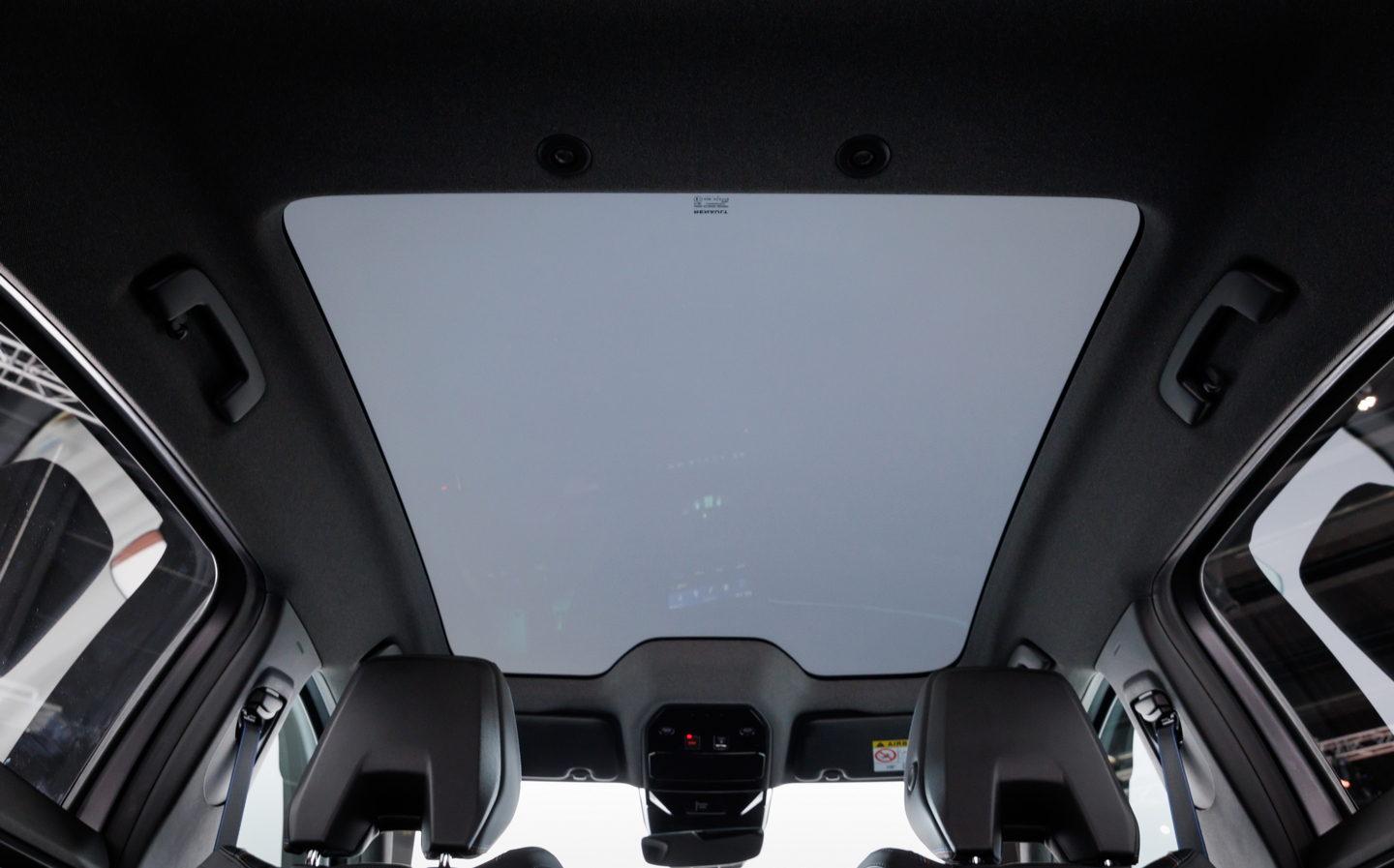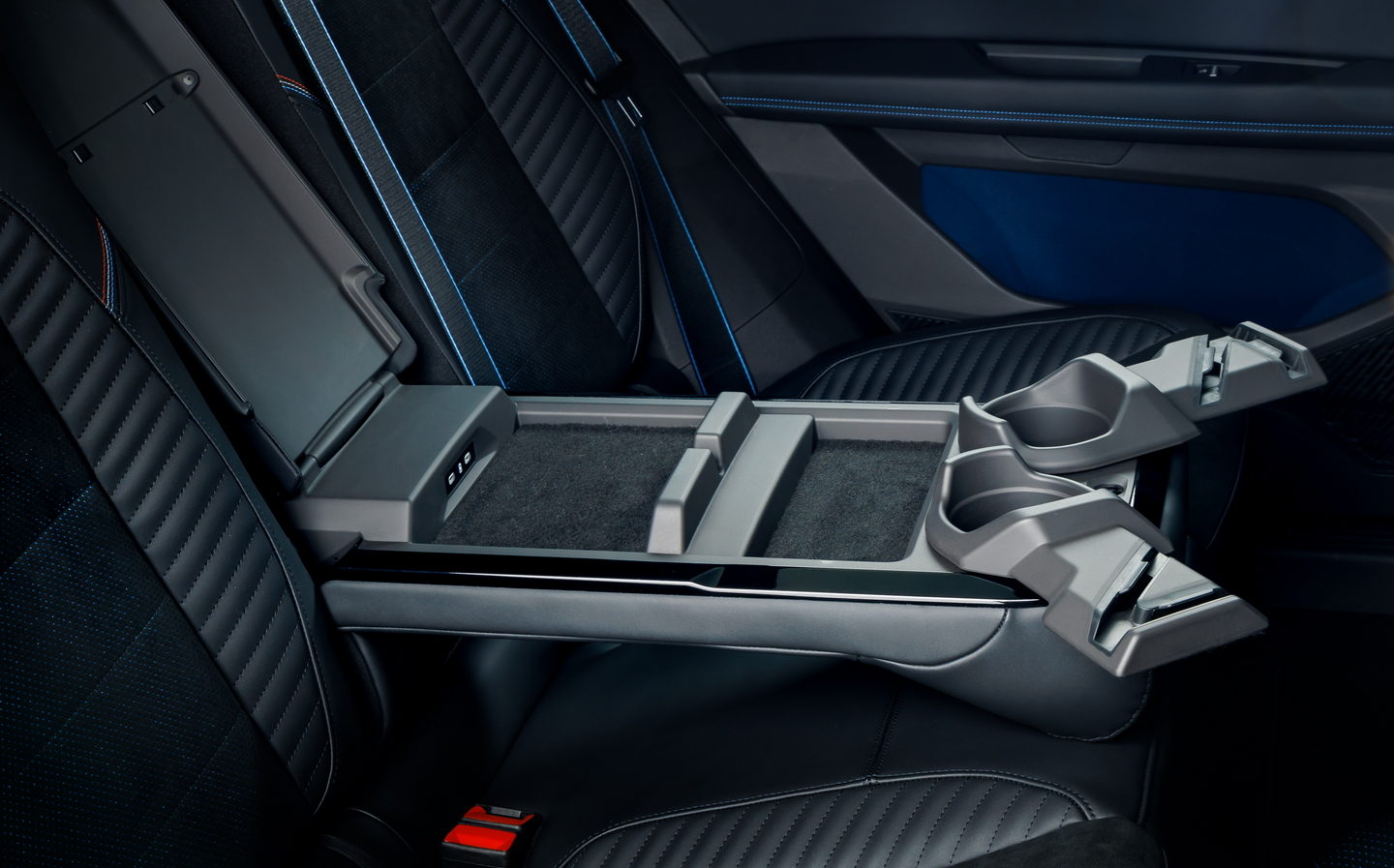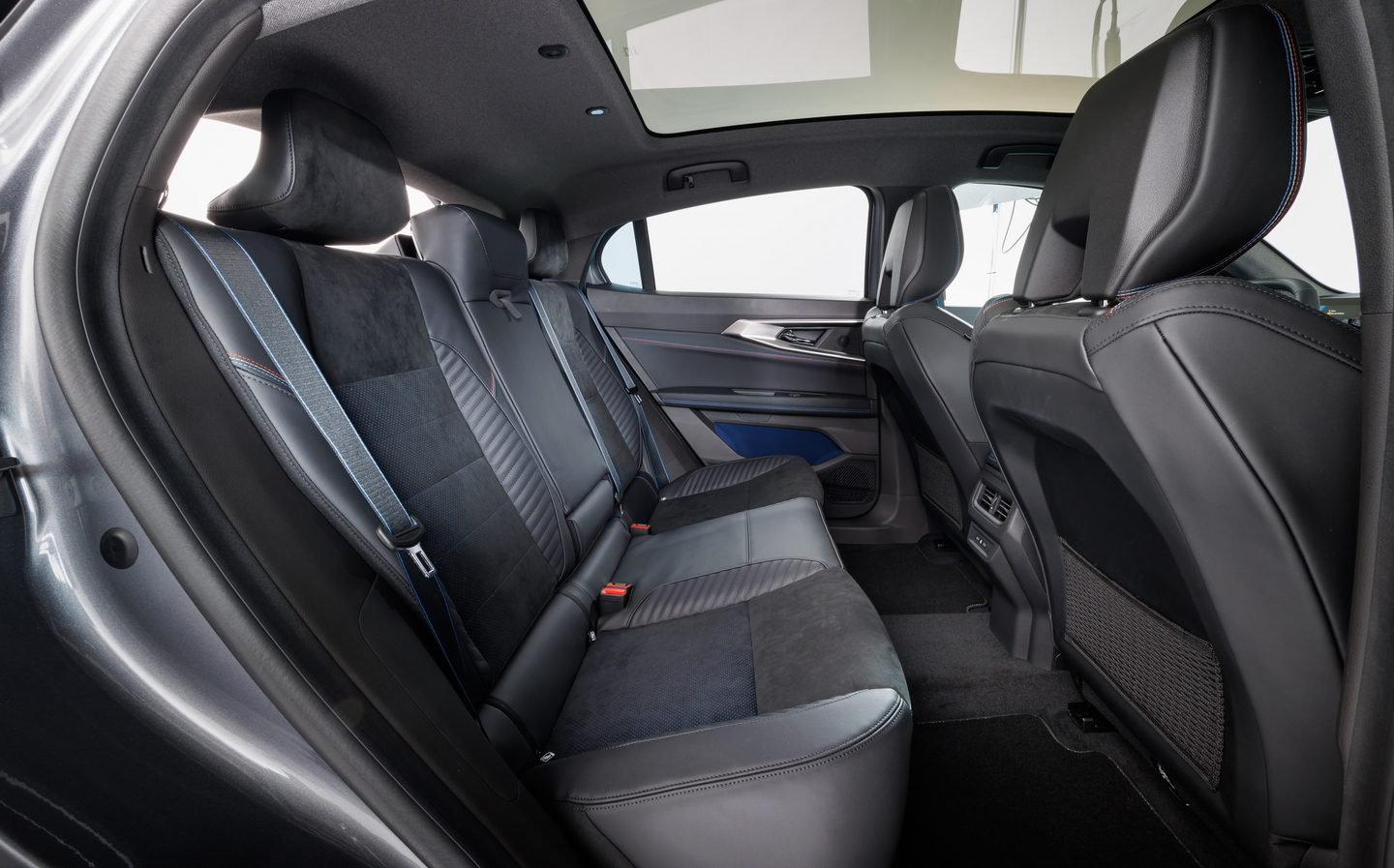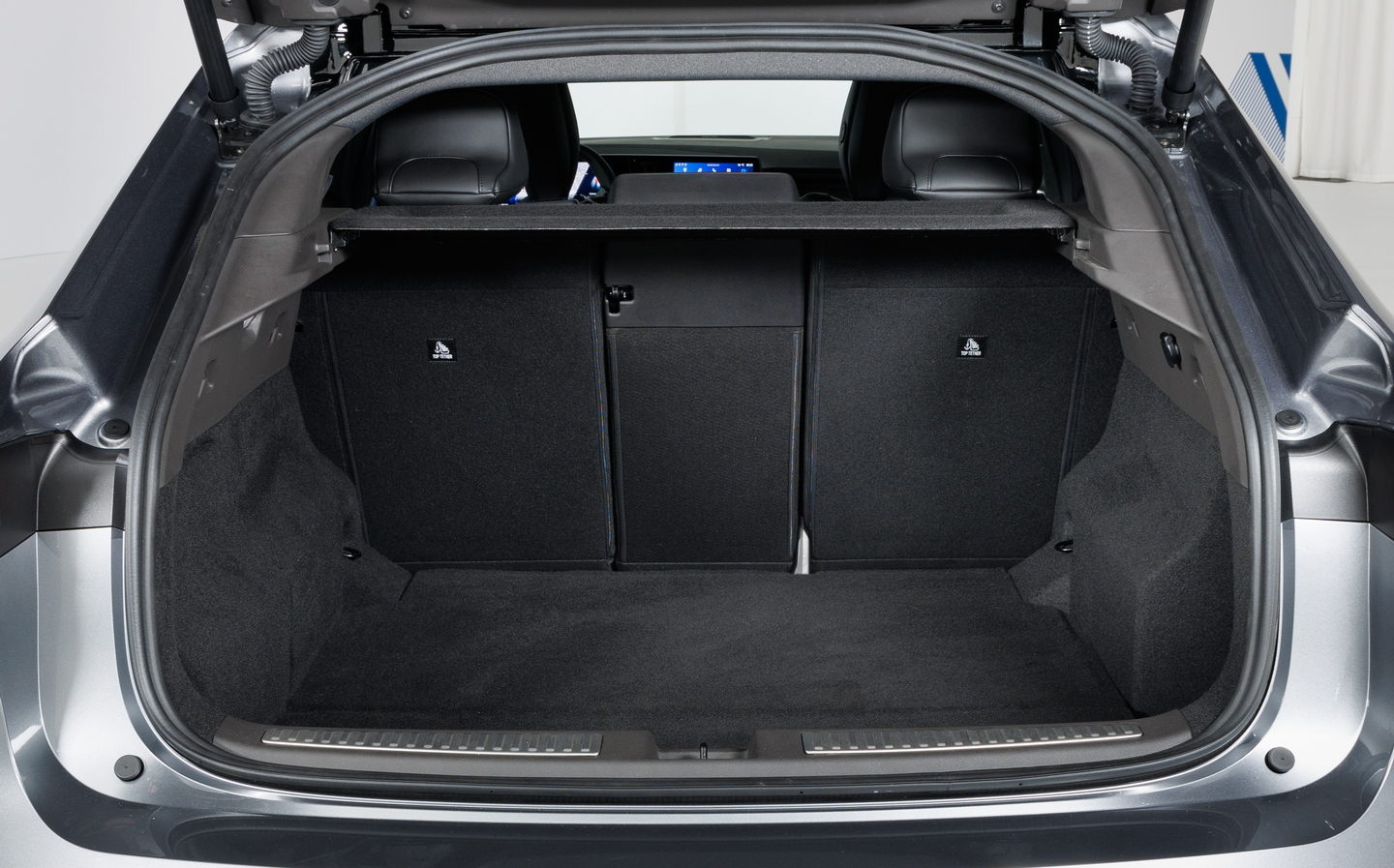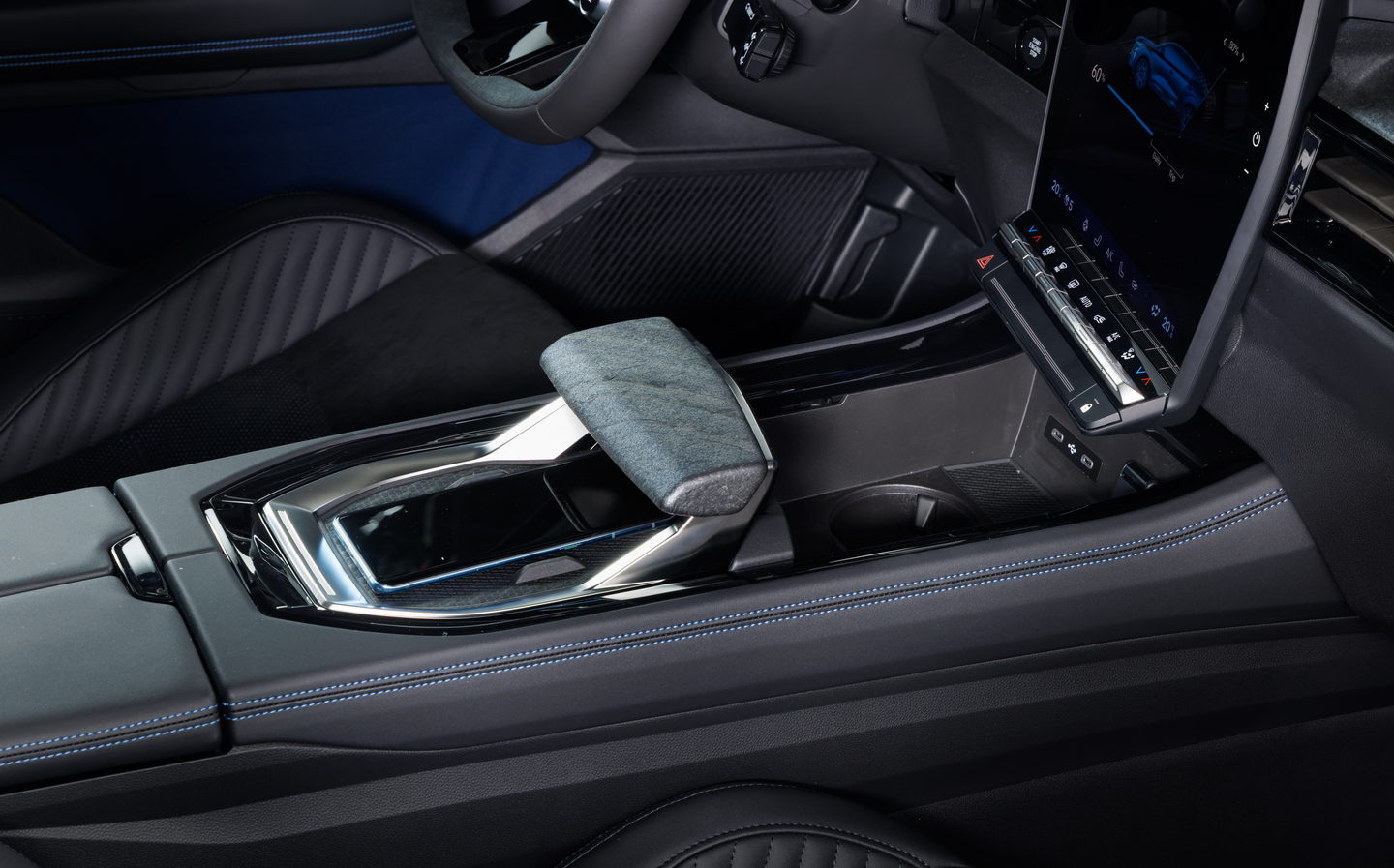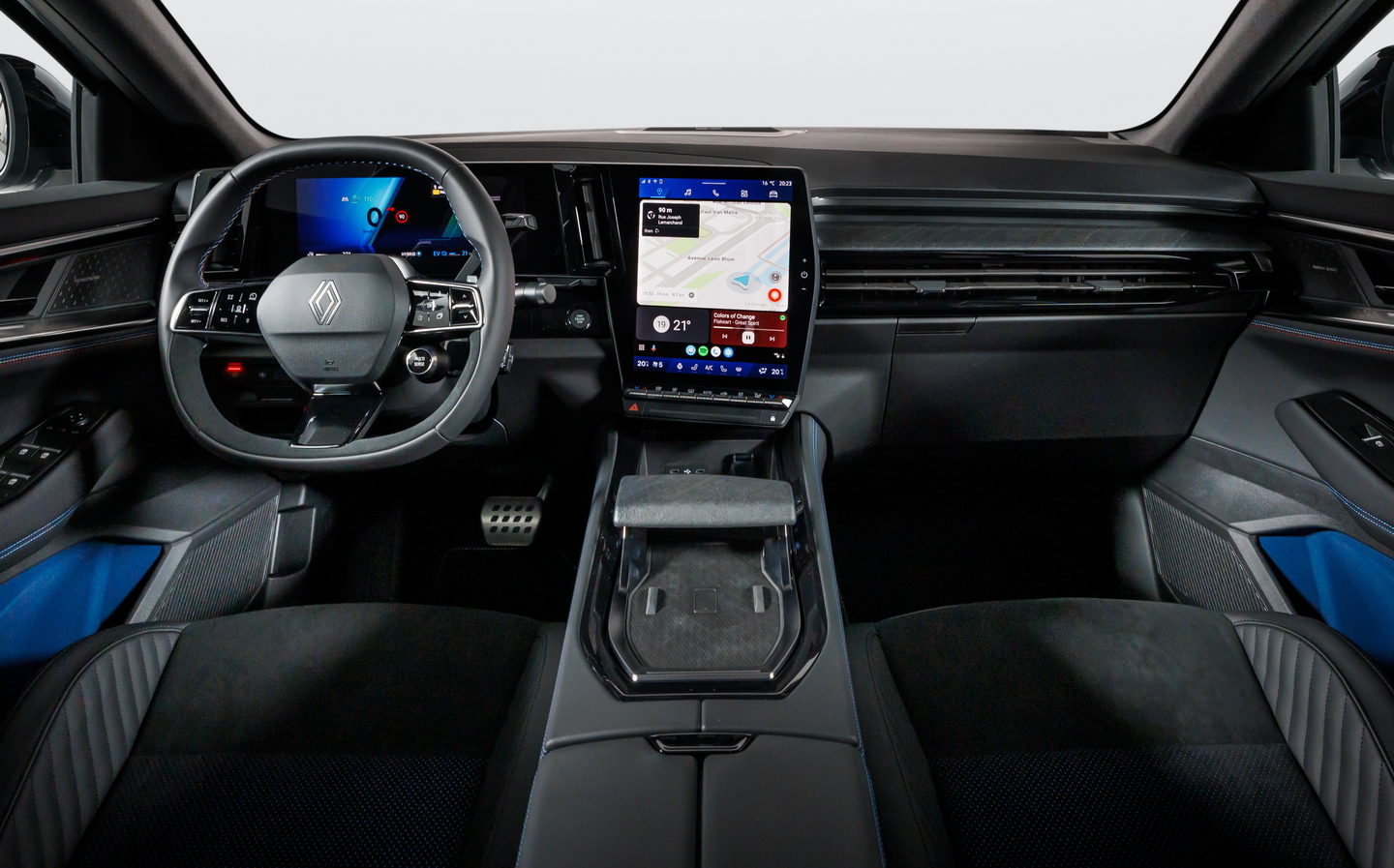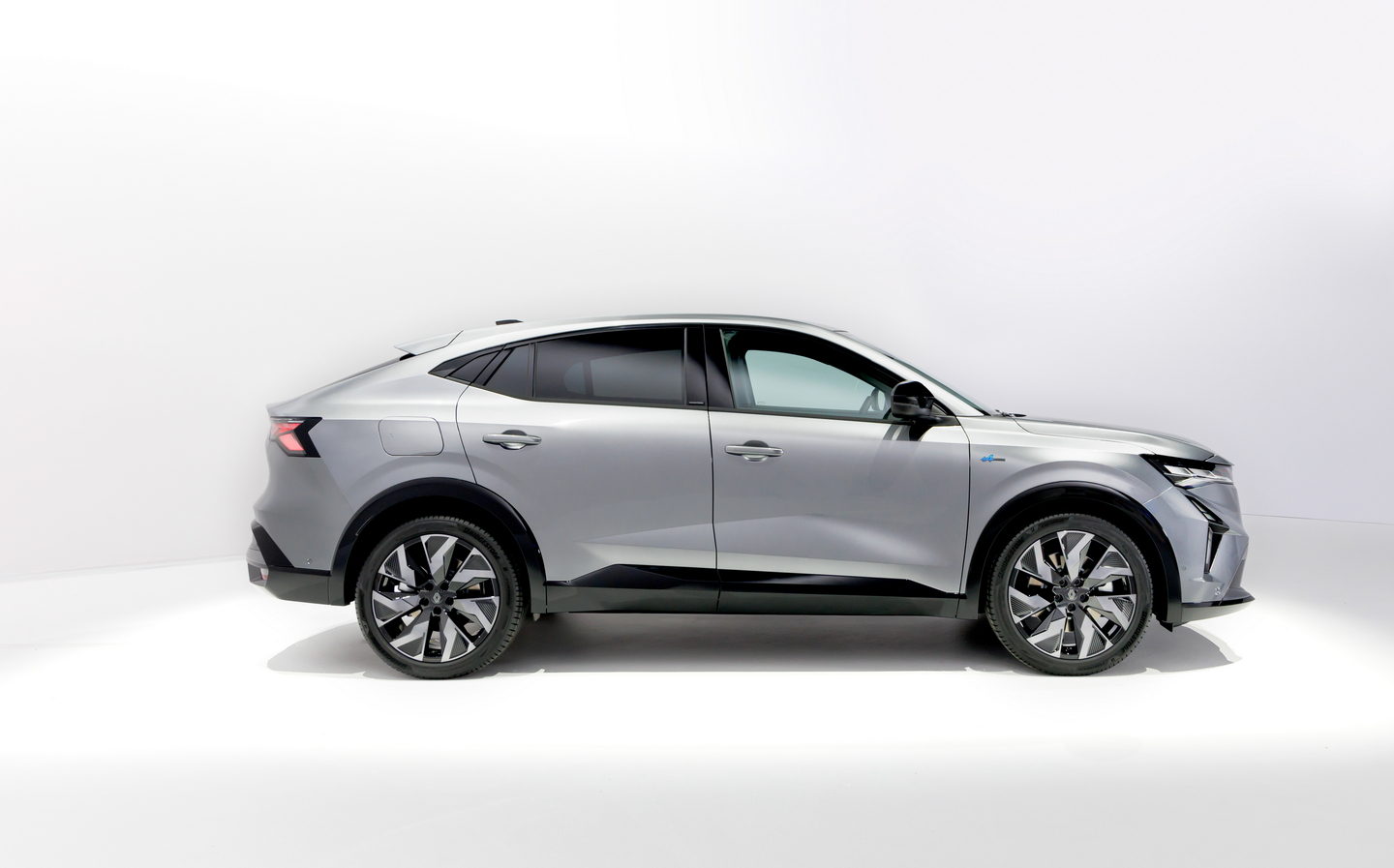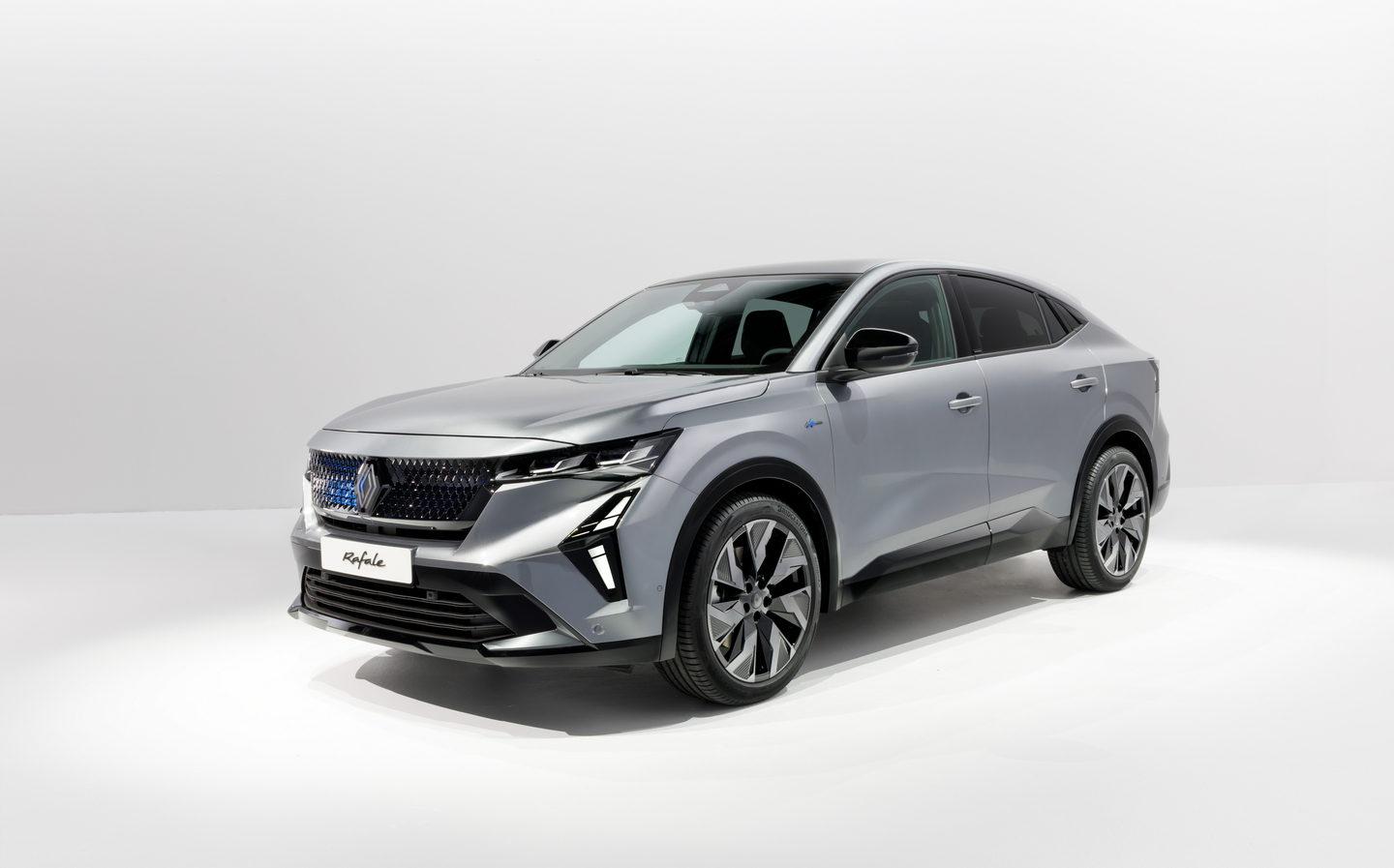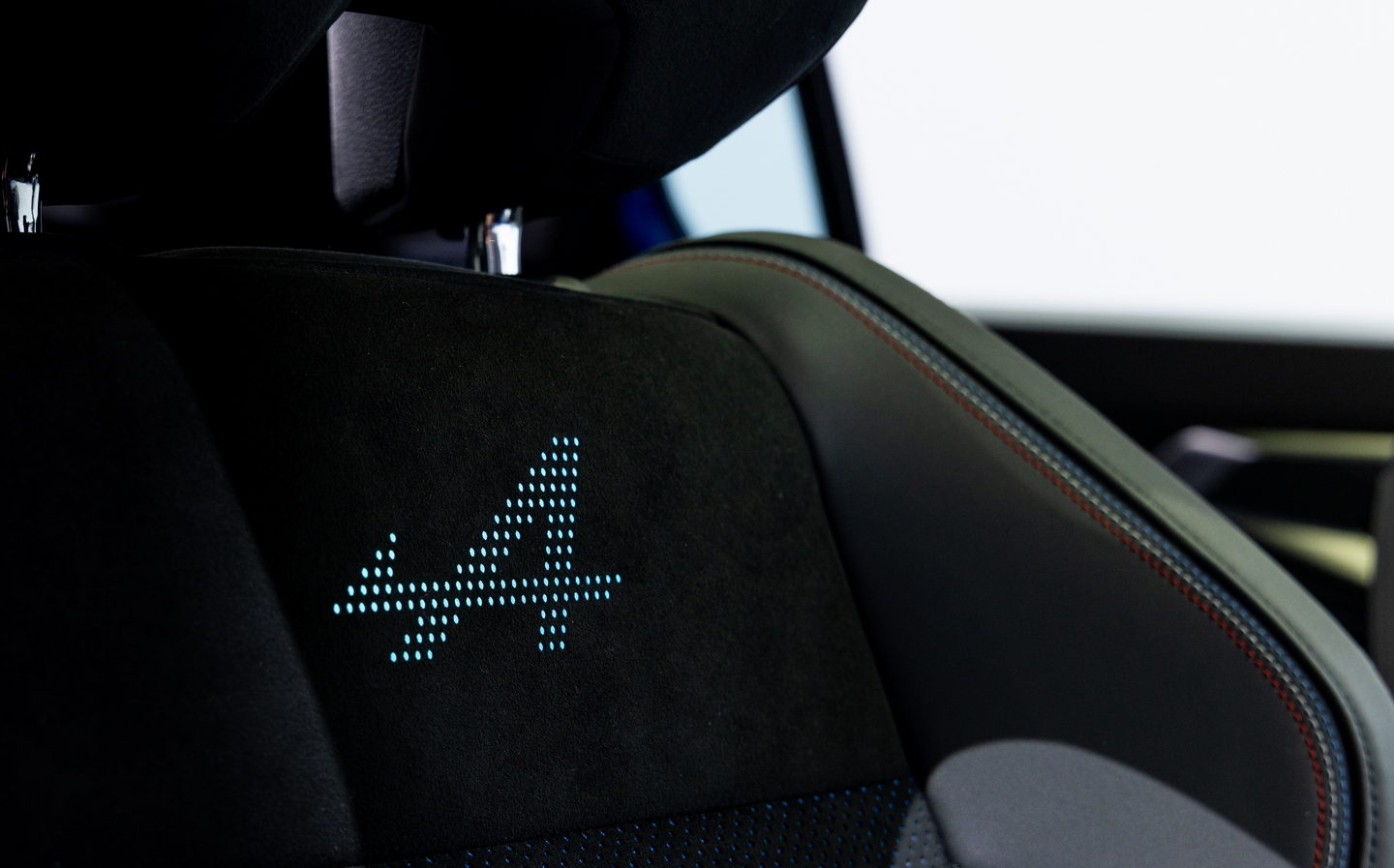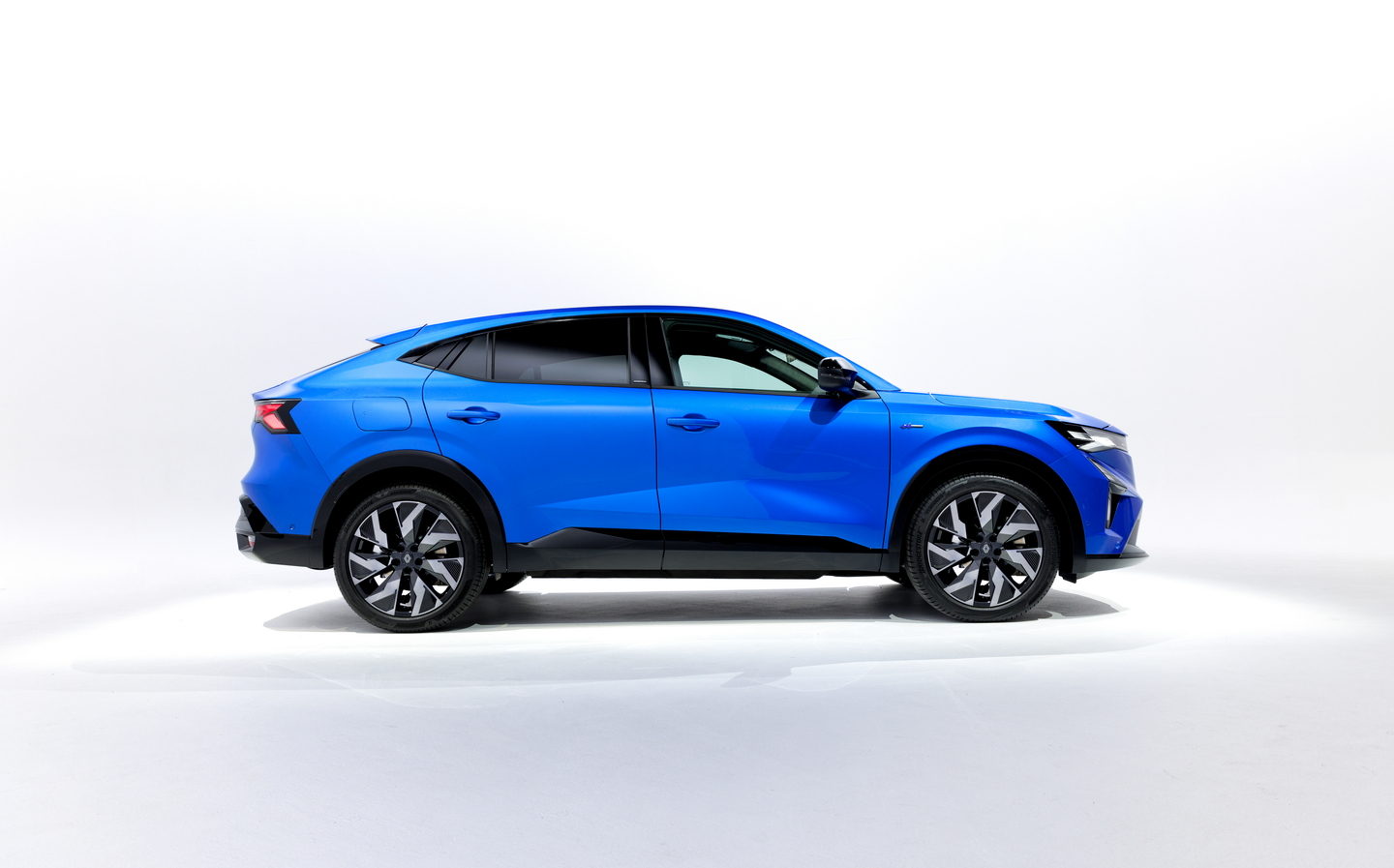Hybrid Renault Rafale coupé-SUV takes inspiration from record-breaking aeroplane
Uses slate and cork inside
Renault has a rich heritage of well-known car models, but for its new SUV, the Rafale, it is delving further into its past to revive a name from the 1930s.
During that decade, the French firm supplied engines to some of the sleekest planes in the world. In 1934, a Caudron-Renault Rafale, piloted by Hélène Boucher, set a record-breaking speed of 276 miles per hour.
The Renault Rafale SUV coming to the UK in 2024 won’t be capable of such speeds, but it will crown the brand’s range and be available in both hybrid and plug-in hybrid guises.
It uses the same underpinnings as the Renault Austral but has entirely different bodywork and a different chassis set-up and wider at the front and rear.
It’s also the first production car to launch since Gilles Vidal joined the Renault design team. The car’s sharp lines and more coupé-like profile set it apart, but it’s in the detail that we get a taste for how the next generation of Renault cars will be designed.
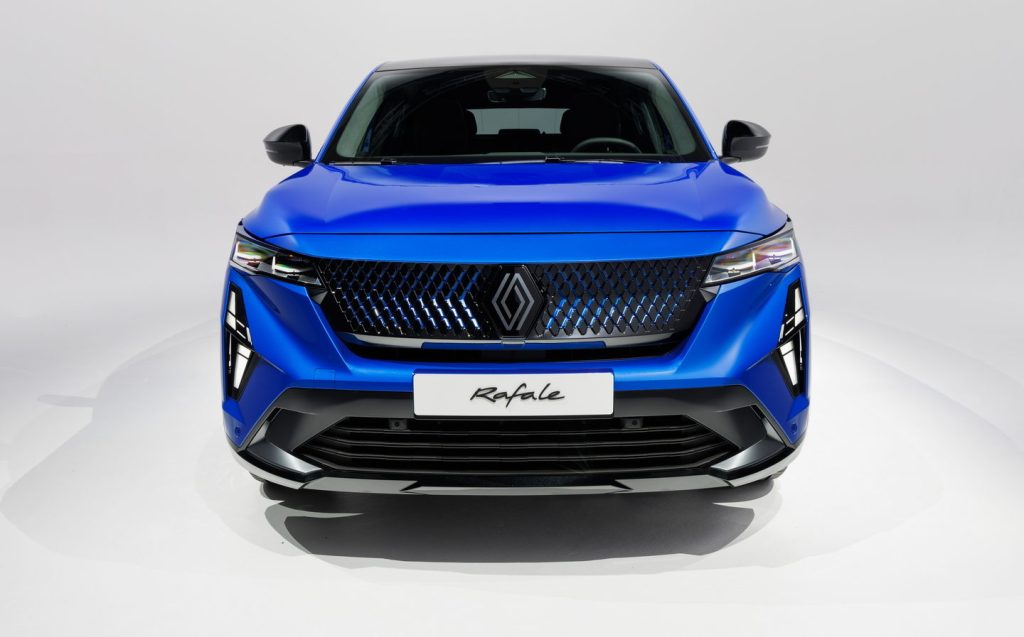
Renault logo peppered throughout
Look closely at the slender LED headlights and you’ll spot a pattern with the Renault logo repeated in the surround, with a holographic film adding another visual flourish to the projector units.
Bracing the concave ‘grille’ are LED daytime running lights that contain elements of the brand logo, too. The diamond logo is repeated dozens of times in the grille area as well, with a three-dimensional effect that appears to move as you look across it in which gloss black diamond shapes sit above a blue (or grey, depending on body colour) background.
The Rafale’s side profile ticks the coupé-SUV box with a sloping roofline that is more raked towards the rear, a feature heavily influenced by results from wind tunnel testing.
Intricate lines cross the bodywork add tautness in some areas and gentle curves in others.
Nevertheless, even with the rear glass angled at 17 degrees — the optimum angle for aero efficiency according to Renault’s engineers — there still promises to be a huge boot.
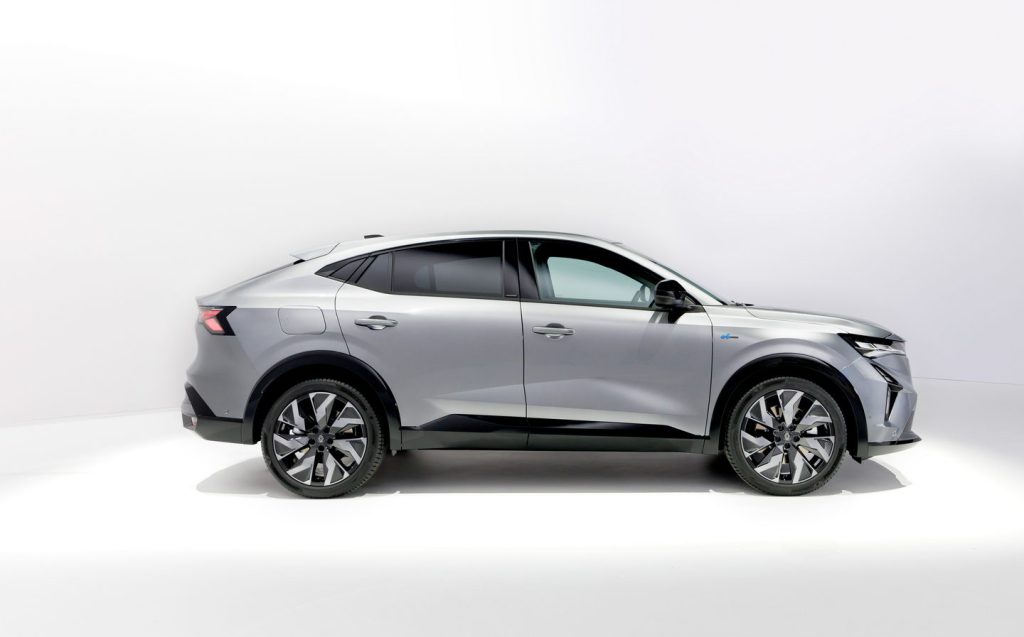
Google-based infotainment
Inside, the Renault Rafale and Austral SUV share more, notably the sleek dual-screen arrangement in an L-shaped layout. The digital instrument display, measuring 12.3 inches across the diagonal, offers multiple configurations to suit individual preferences.
The 12in touchscreen infotainment system is built on a user-friendly Google-based operating system. To enhance safety, a 9.3in head-up display presents crucial information such as speed, active driver assistance and navigation prompts.
Throughout the cabin, distinctive details catch the eye. Renault has introduced natural slate material for the first time, for example, adorning the dashboard trim and the top of the moveable centre armrest. It has a textured appearance, paying homage to the scenic Alpine region.
Alternatively, some versions come with an unconventional dyed black cork material for parts of the interior trim. Meanwhile, the sliding centre console incorporates a wireless charging pad and extra storage space for smaller items.
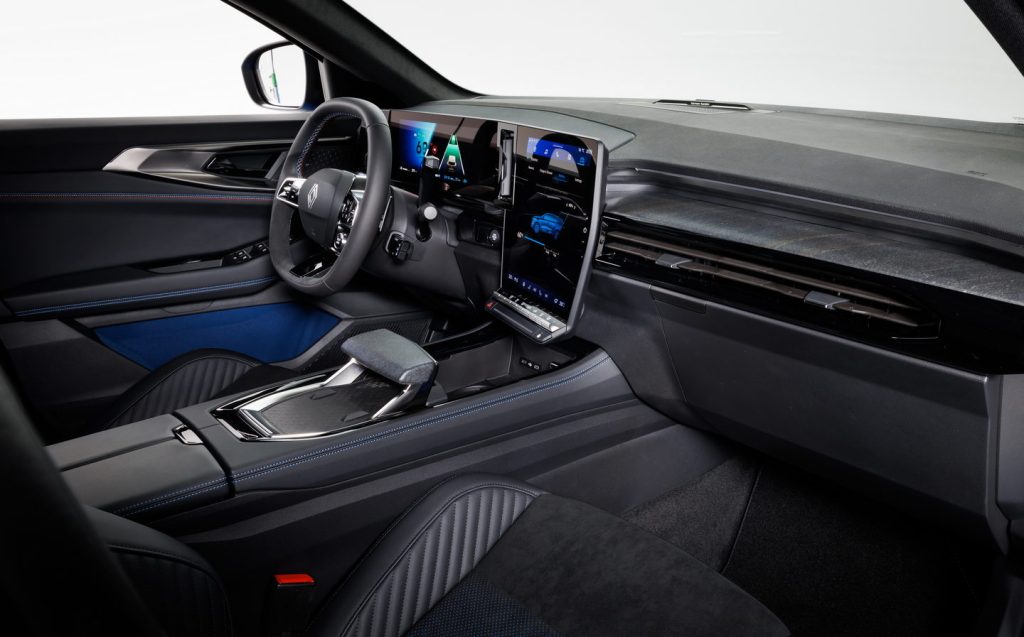
In the Esprit Alpine trim level, the interior receives a touch of patriotism with three-colour stitching representing the French flag. This can be found on a new design of sport seats, as well. The illuminated ‘A-and-Arrow’ logo becomes visible from the exterior when the car is unlocked to add a touch of flair.
No sunblind necessary
Another unique feature in the Rafale is the ‘SolarBay’ glass roof, developed in collaboration with Saint-Gobain. Featuring its ‘AmpliSky’ technology, this system can darken nine specific segments of the roof on demand. Each of the segments can be fully or partially darkened by the driver or through voice control for rear passengers. This eliminates the need for a conventional movable sun blind, resulting in an additional 30mm of headroom for passengers.
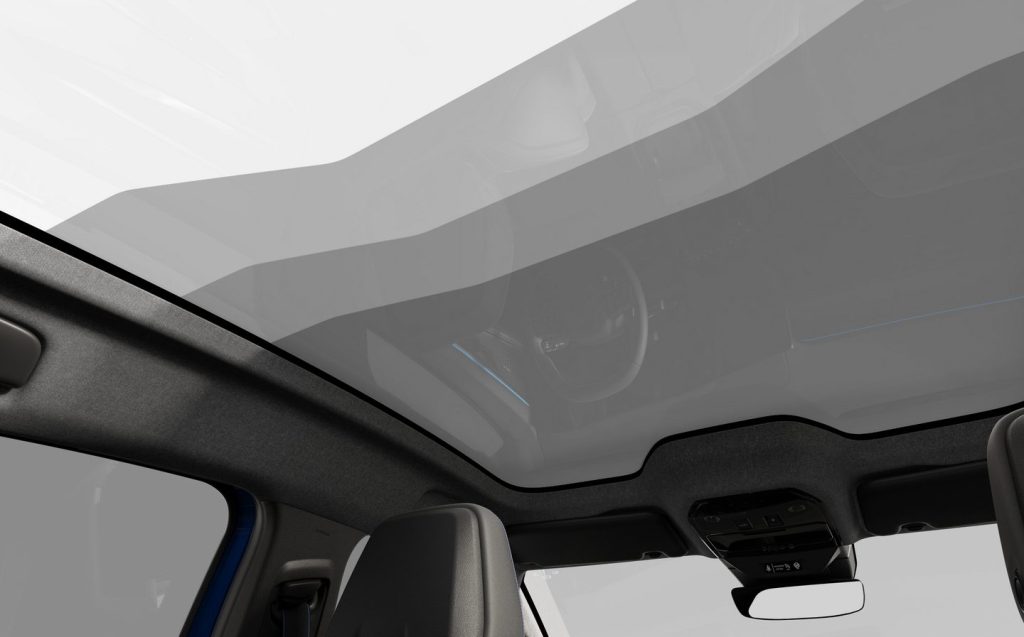
Those in the rear seats already enjoy generous legroom, surpassing that of many other vehicles in the segment thanks to the long wheelbase.
The outer rear seats are carefully sculpted to provide ample support and, when the centre seat is unoccupied, it can fold down to create a broad table. This even includes a pull-out section designed to accommodate a tablet or securely hold a smartphone, enabling rear passengers to enjoy media content while on the move.
A choice of hybrid engines
Talking to Driving.co.uk on the chequered history of its larger models in the UK market, Renault CEO, Fabrice Cambolive, said: “I think what is interesting in the UK market in the last [few] months, is that we made two breakthroughs. The first was on the engine strategy with the full hybrid technology which is working quite well in terms of mix in the UK.
“Of course, also the electrification of the range with Megane, and the second good point in the UK is our capacity to bring new bodies like Arkana on the C-segment, which was also a quite successful.
“But why I think Rafale is the synthesis between SUV and sedan, with a genuine body, with full hybrid technology and more sporty version with 300hp. For me, this is taking into account what we did in the past, good points that we could use to re-enter the D-segment where we are no more present in the UK.”
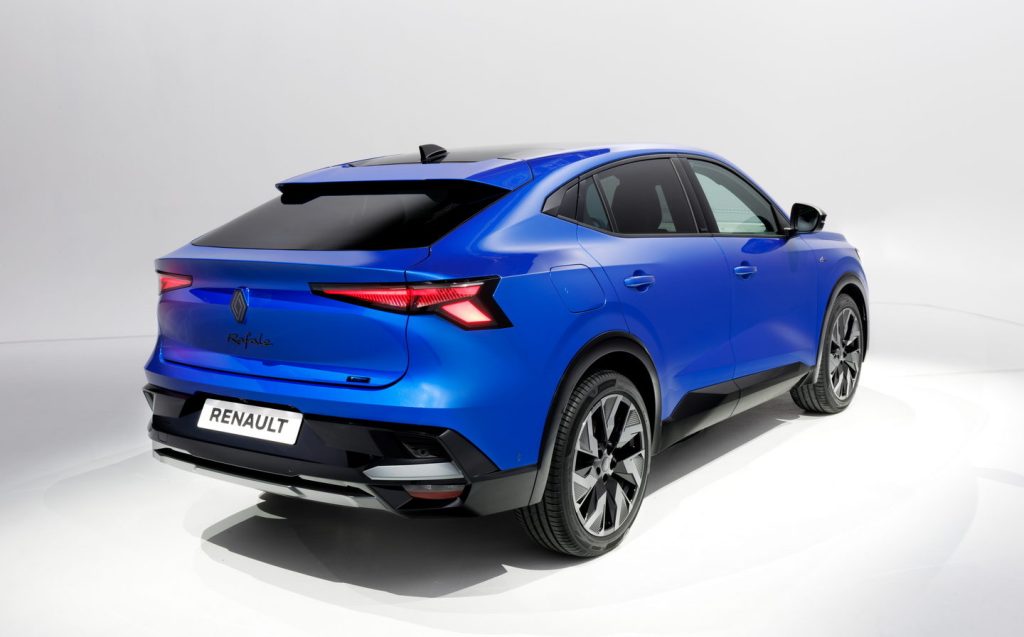
When the Rafale is introduced early next year it will be initially available with a 1.2-litre petrol hybrid engine producing up to 200hp and driving the front wheels via Renault’s innovative clutch-less automatic transmission.
Beyond that there will be a more powerful plug-in hybrid variant that will have all-wheel drive and a power output of 300hp. This model will also feature Renault’s rear-wheel-steering system that, at lower speeds, can turn the rear wheels in the opposite direction to the front wheels by up to five degrees, giving the 4.71m Rafale a turning circle that is comparable to that of the much smaller Renault Clio. Above 30 miles per hour, the rear wheels turn in the same direction as the front wheels to provide enhanced stability when changing lanes at speed.
Related articles
- If you were interested in the new Renault Rafale, you might want to see our review of the Renault Mégane E-Tech Electric
- Interested in hybrids? Here are some of the best hybrid cars to buy instead of a diesel
- Check out the mad Renault R5 Turbo 3E concept drift car
Latest articles
- Lewis Hamilton wants to design a modern day Ferrari F40 with manual gearbox
- Dacia Bigster 2025 review: The ‘anti-premium’ family SUV that punches above its weight
- Your car’s worn tyres could be being burnt illegally in India, investigation reveals
- Open-top 214mph Aston Martin Vanquish Volante is world’s fastest blow-dry
- F1 2025 calendar and race reports: The new Formula One season as it happens
- Alfa Romeo Junior Ibrida 2025 review: Hybrid power adds an extra string to crossover’s bow
- Top 10 longest-range electric cars: all with over 400 miles per charge (officially)
- Renault 5 Turbo 3E ‘mini supercar’ confirmed with rear in-wheel motors producing 533bhp … and insane levels of torque
- British firm Longbow reveals ‘featherweight’ electric sports cars with 275-mile range


